Chair for Coffee
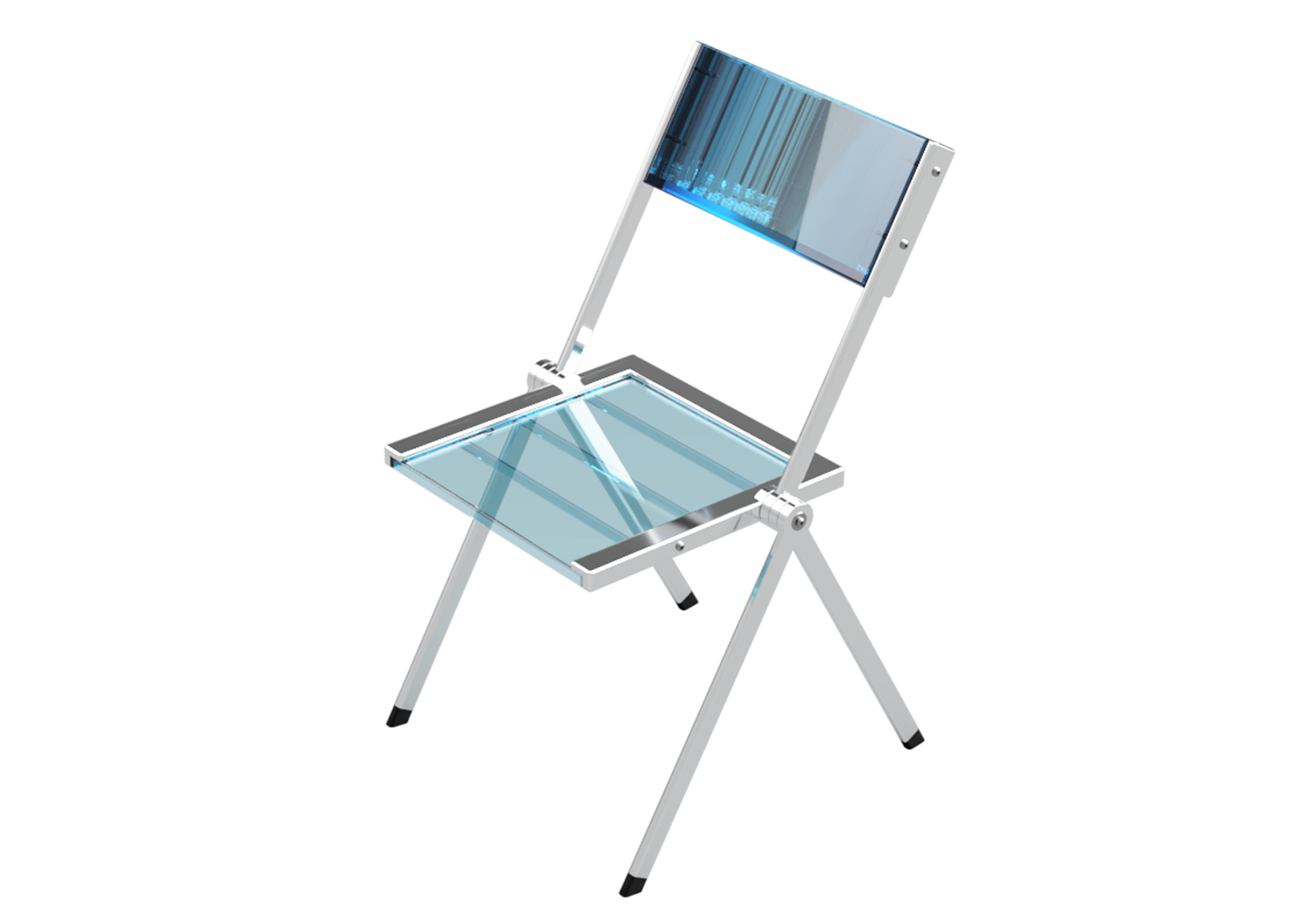
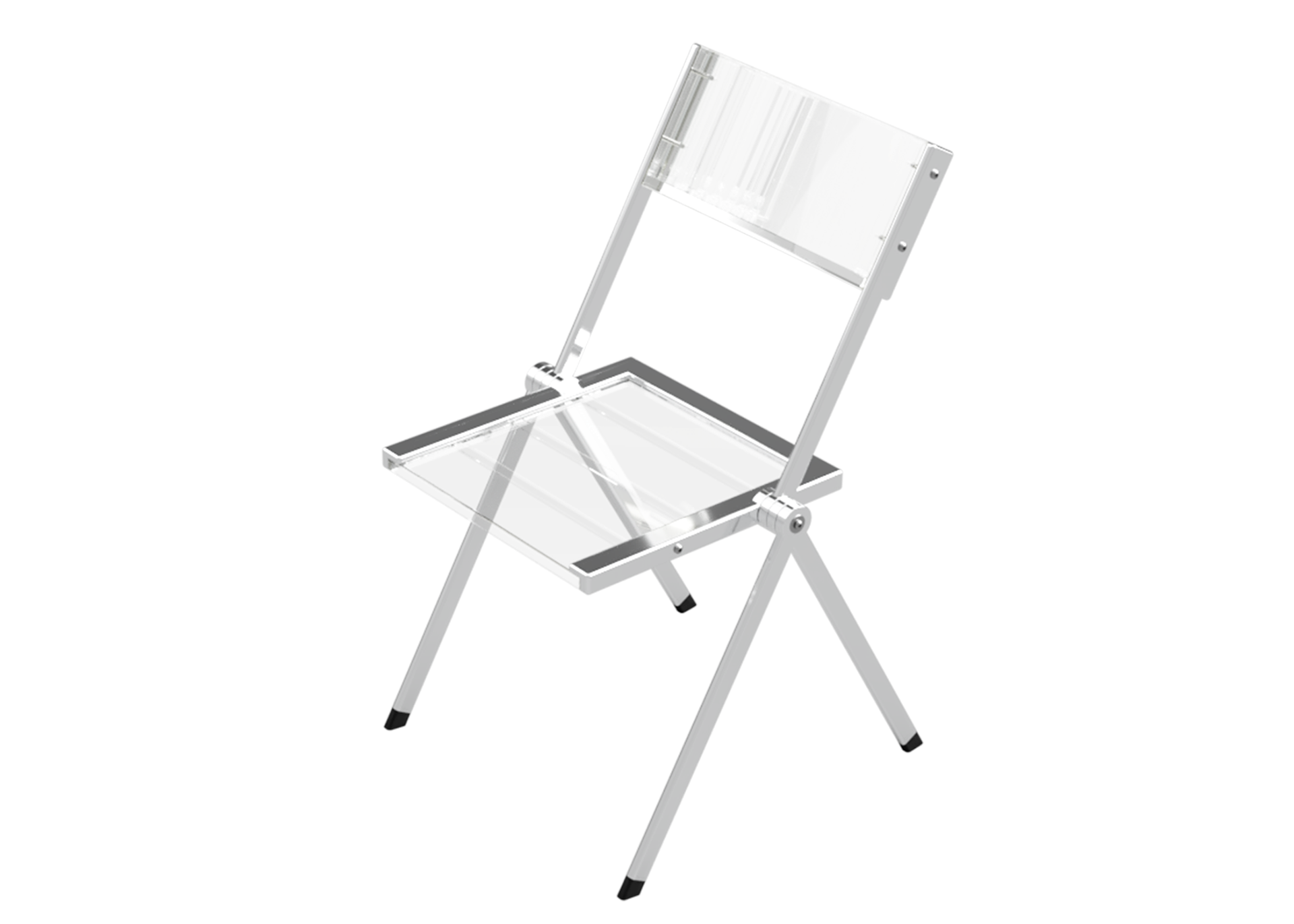
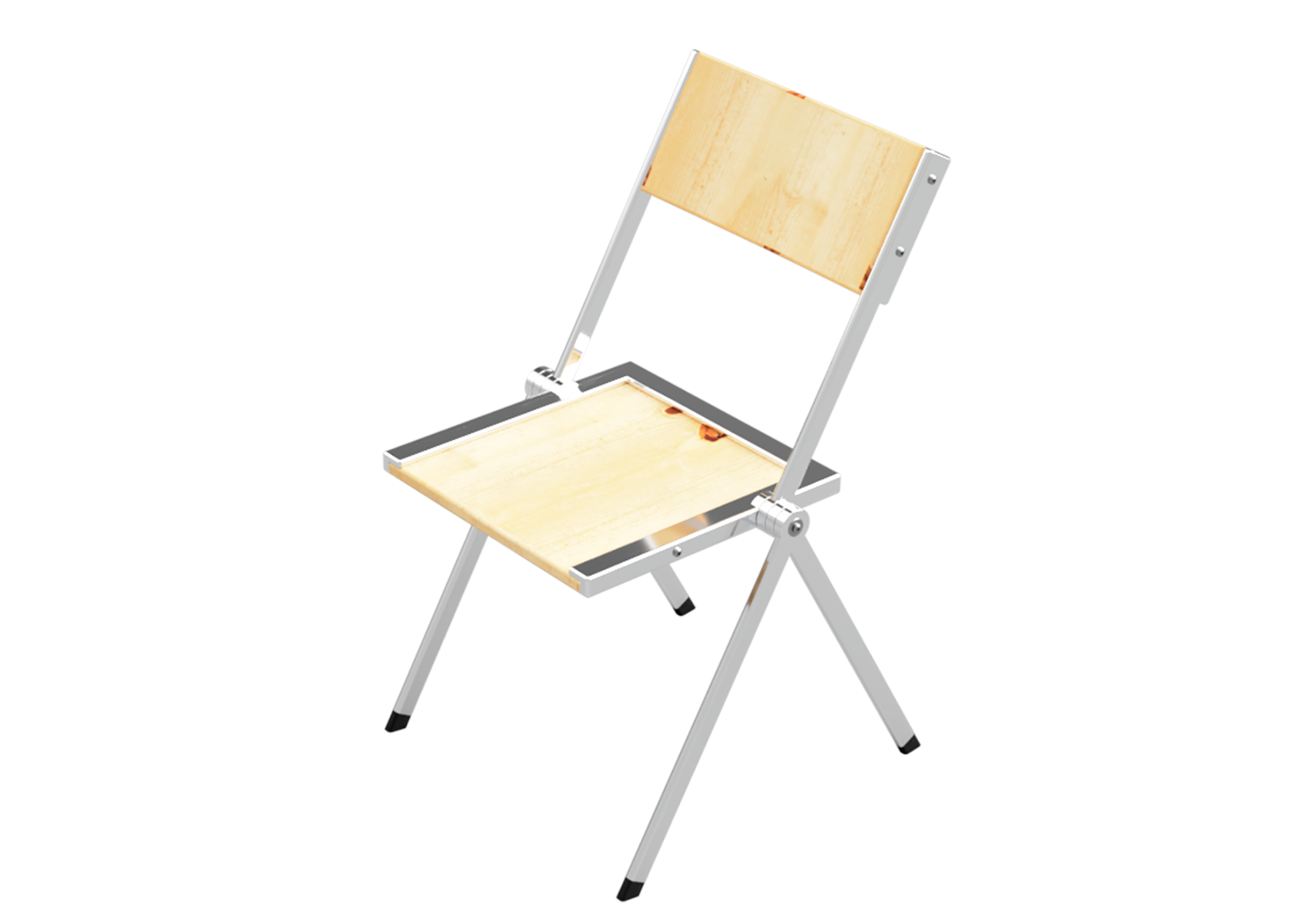
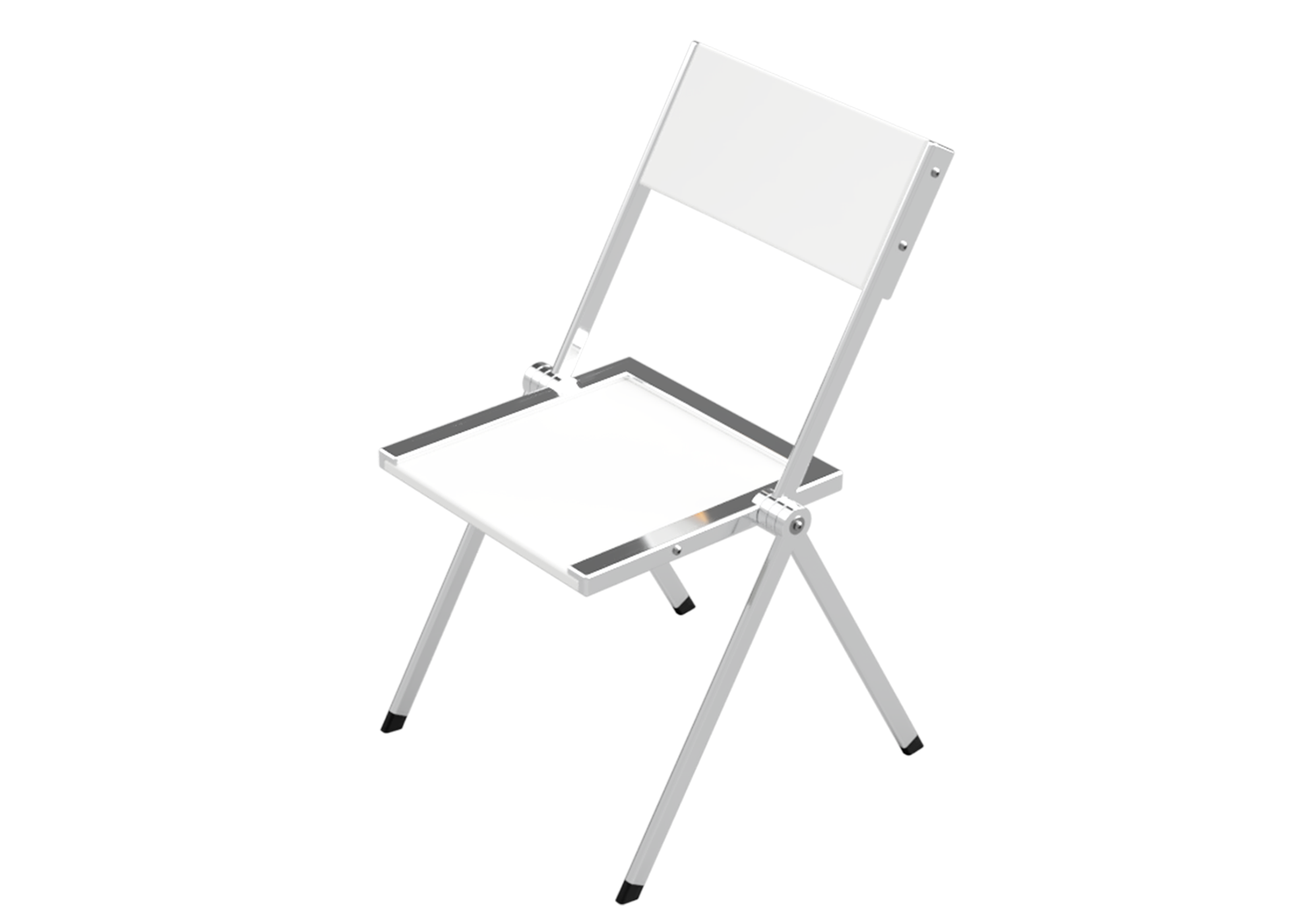
The Brief:
Selecting a certain environment and target market, create a new foldable chair using a hinge mechanism of an already existing chair in the school workshop. You may alter the hinge by using the same concept to fit your design
Group Brief:
Create a folding chair that targets young couples in their 20s who have bought their first home and has a multi-functional capability in order to maximise space in a small living environment. Given that small apartment-style living is becoming more prevalent, the user should be entitled to degrees of freedom, in order to adapt their space for ever-changing needs.
To begin, I first ideated some potential shapes that our group could use for the foldable chair. This step was taken place in order to play with different designs, which would help with the inspiration of the final design at the end.
After further research and observations, our team selected the Plia chair by Anonima Castelli. Castelli utilised a three-point hinge, which our team decided to use to help us create a multi-functional feature for the chair
After some brainstorming, our team decided that a chair to coffee table would be the most beneficial function to have, as this furniture is what most households contain. Therefore, when eating dinner at the table, the chair can be used, however, once the user moves into the living room, as a dining chair is no longer required, the chair can then transform into a coffee table.
In the end, we created a concept that looks similar to the drawing on the left. This drawing shows that we utilised the Plia chair hinge, however, unlike the Plia chair, this chair would require a 4-point hinge. So although it uses a similar idea to the 3-point hinge, our team was required to create a brand new hinge in order for this chair to coffee table to work.
After some conceptualising, we then moved straight into the CAD phase. We utilised Fusion360 for this process.
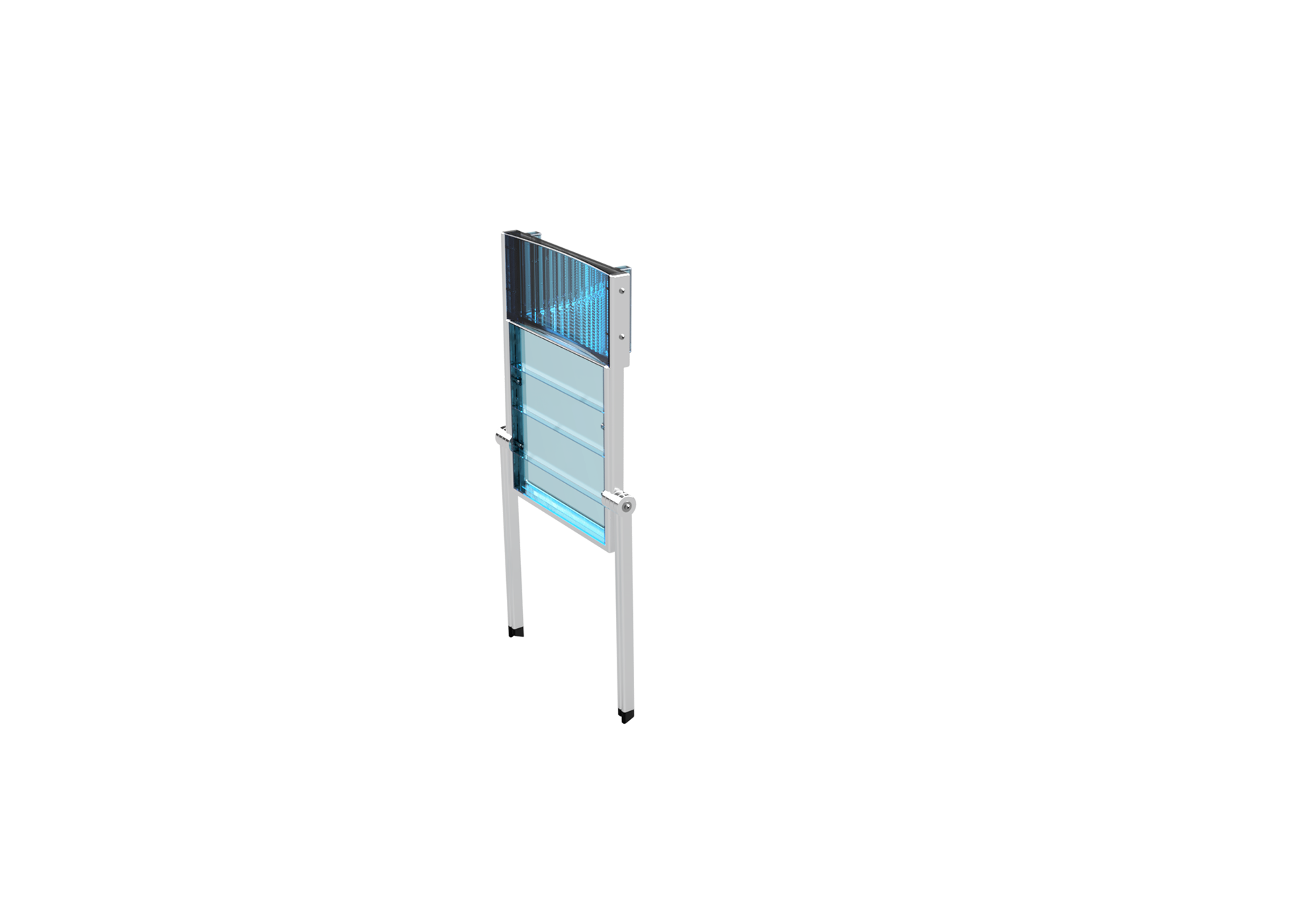
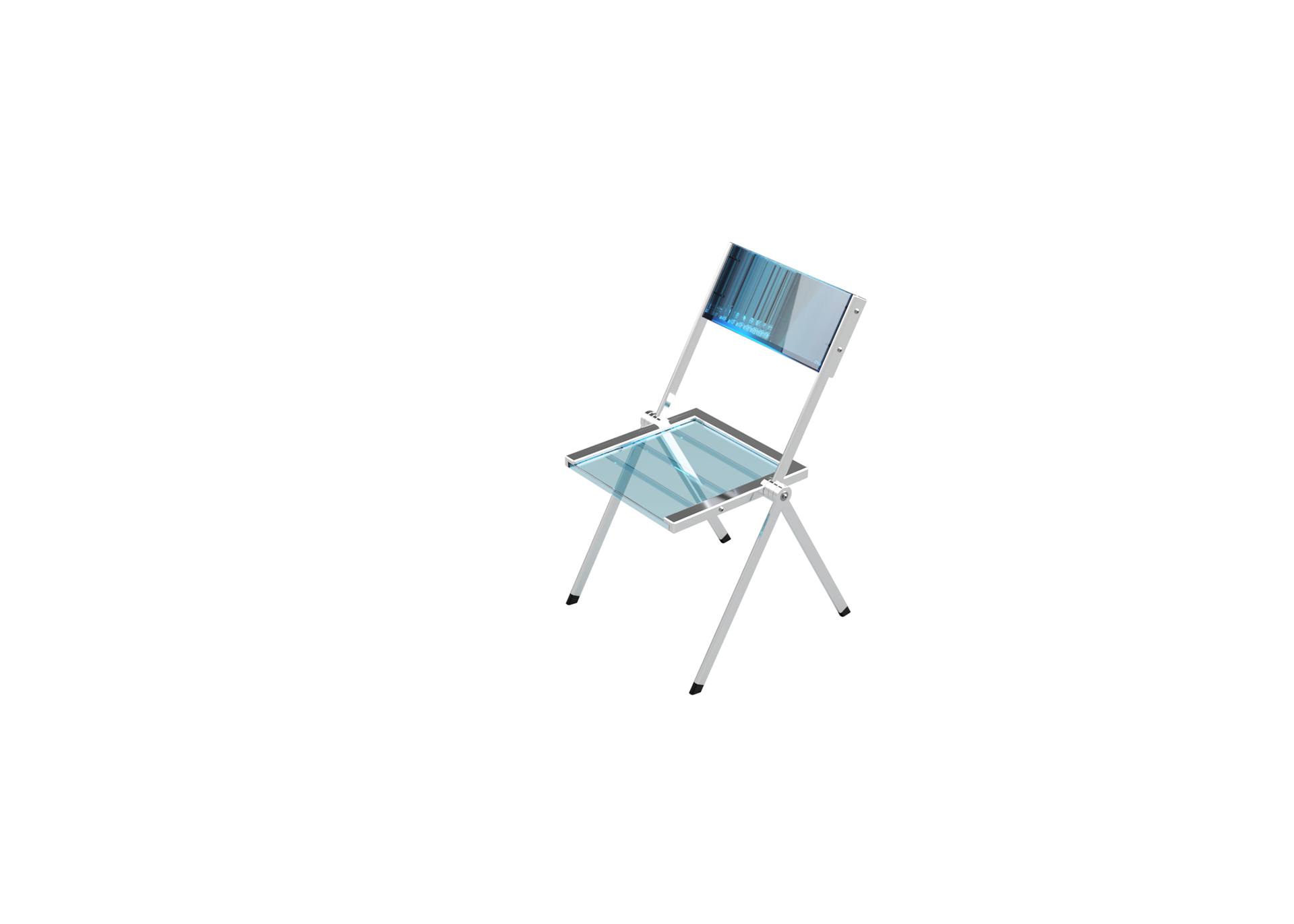
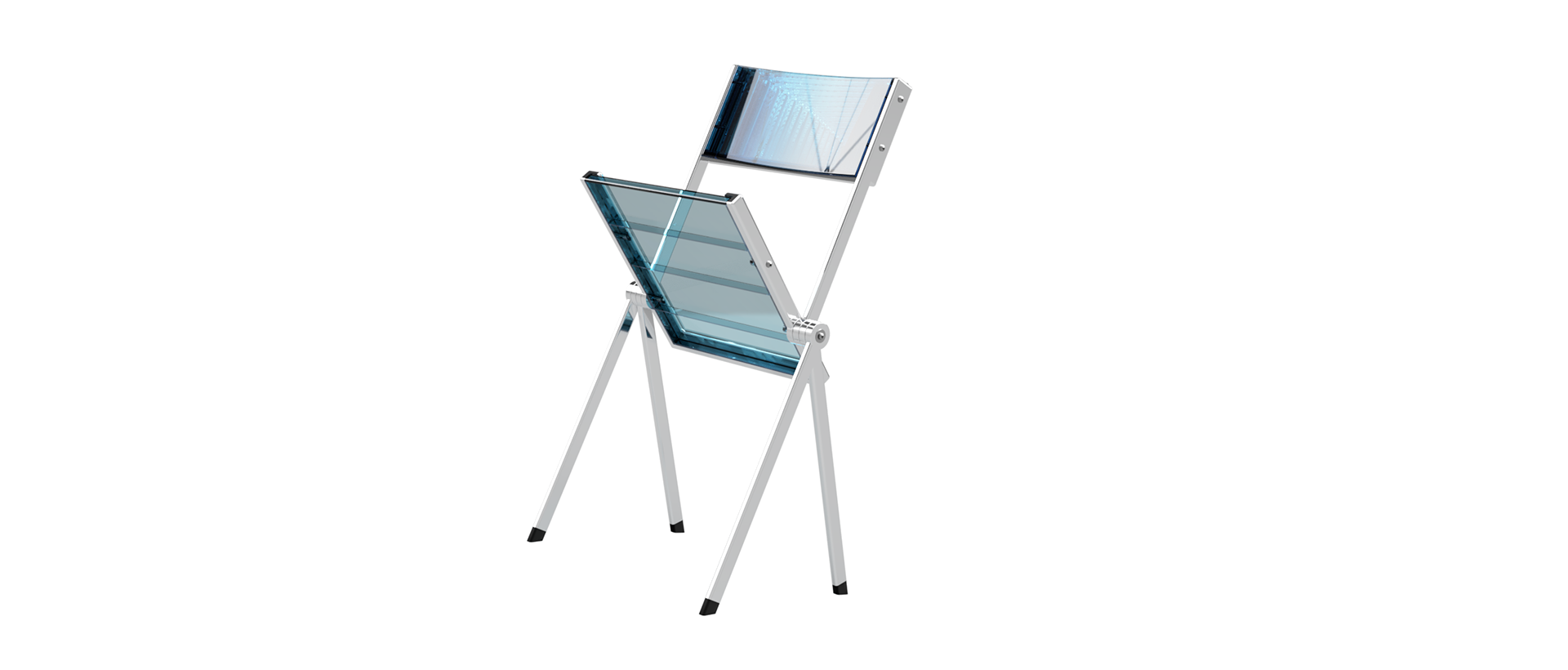
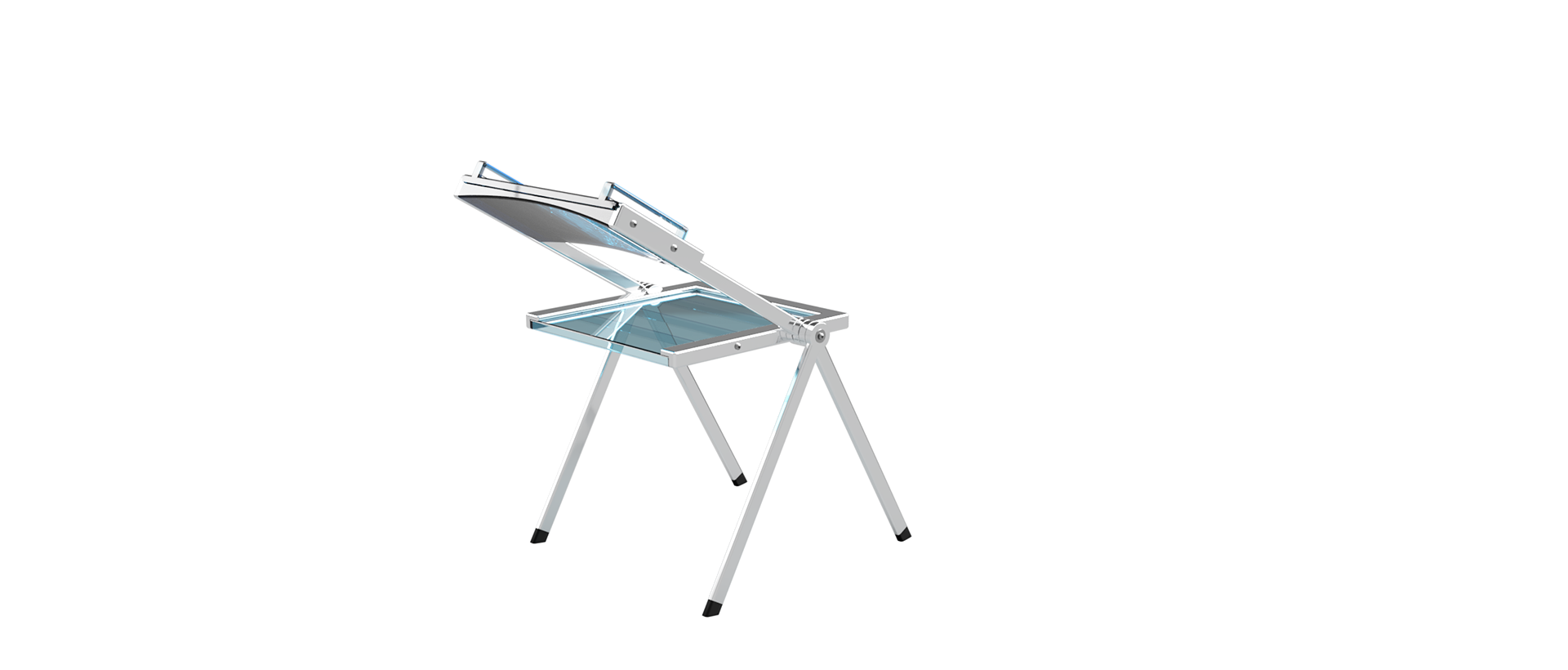
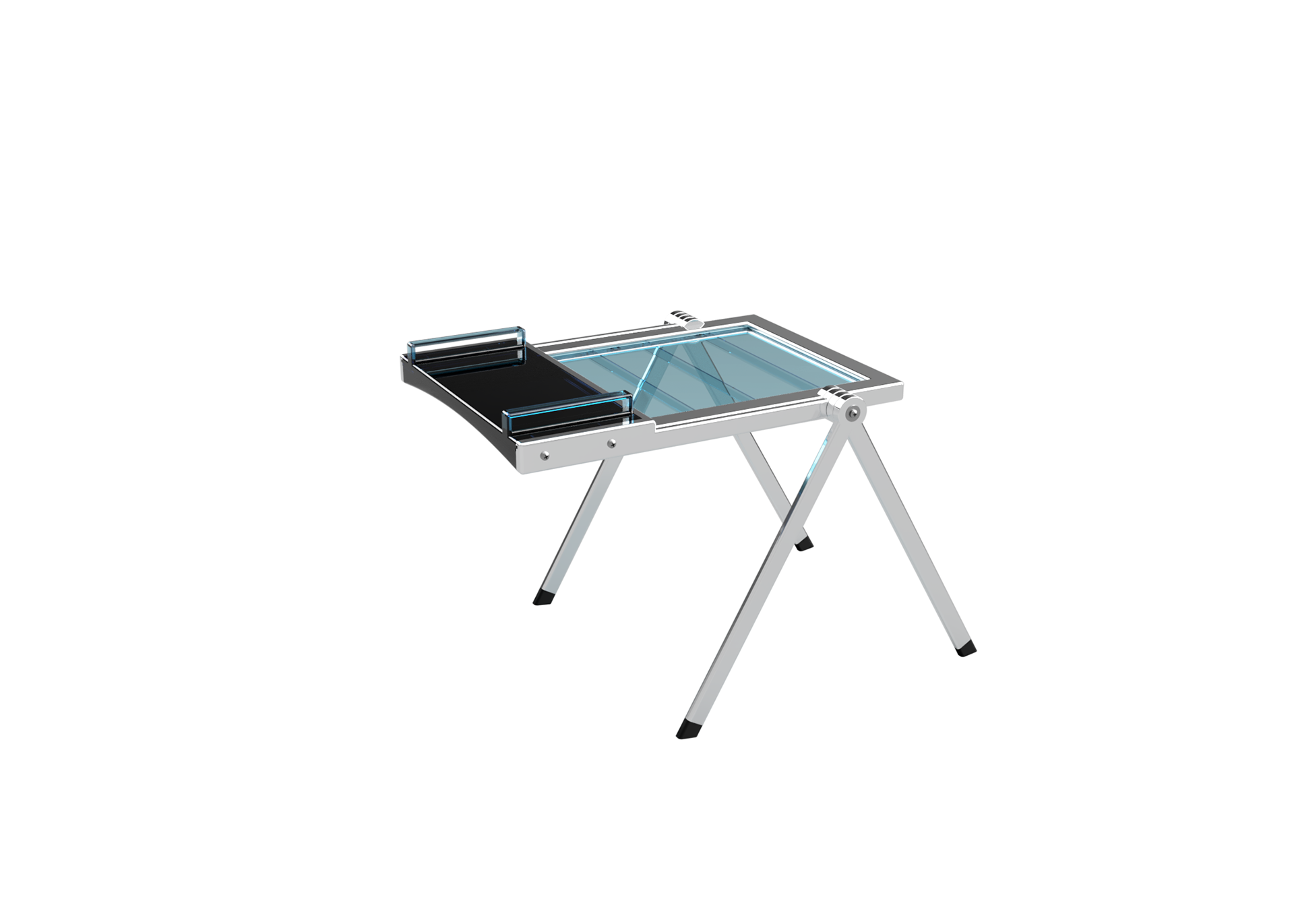
During this phase, we were able to play with different materials, create supports for the seat, develop the hinge and play with colours for the product.
Although there was support from other members, this section was primarily taken by myself and Rochelle Kim. Here we sat together and worked through the process together. We were able to find the weak points of the chair and support them with flanges
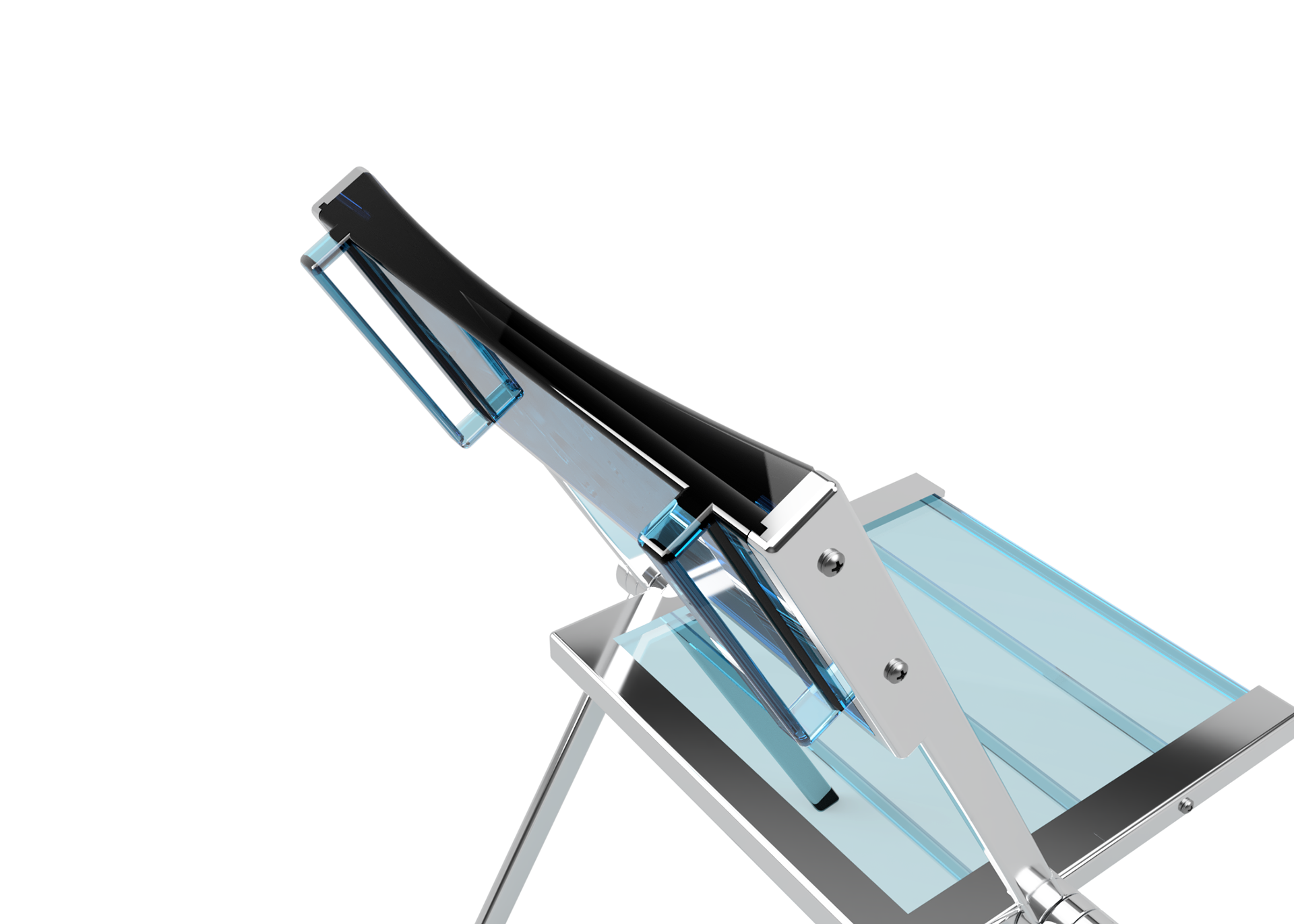
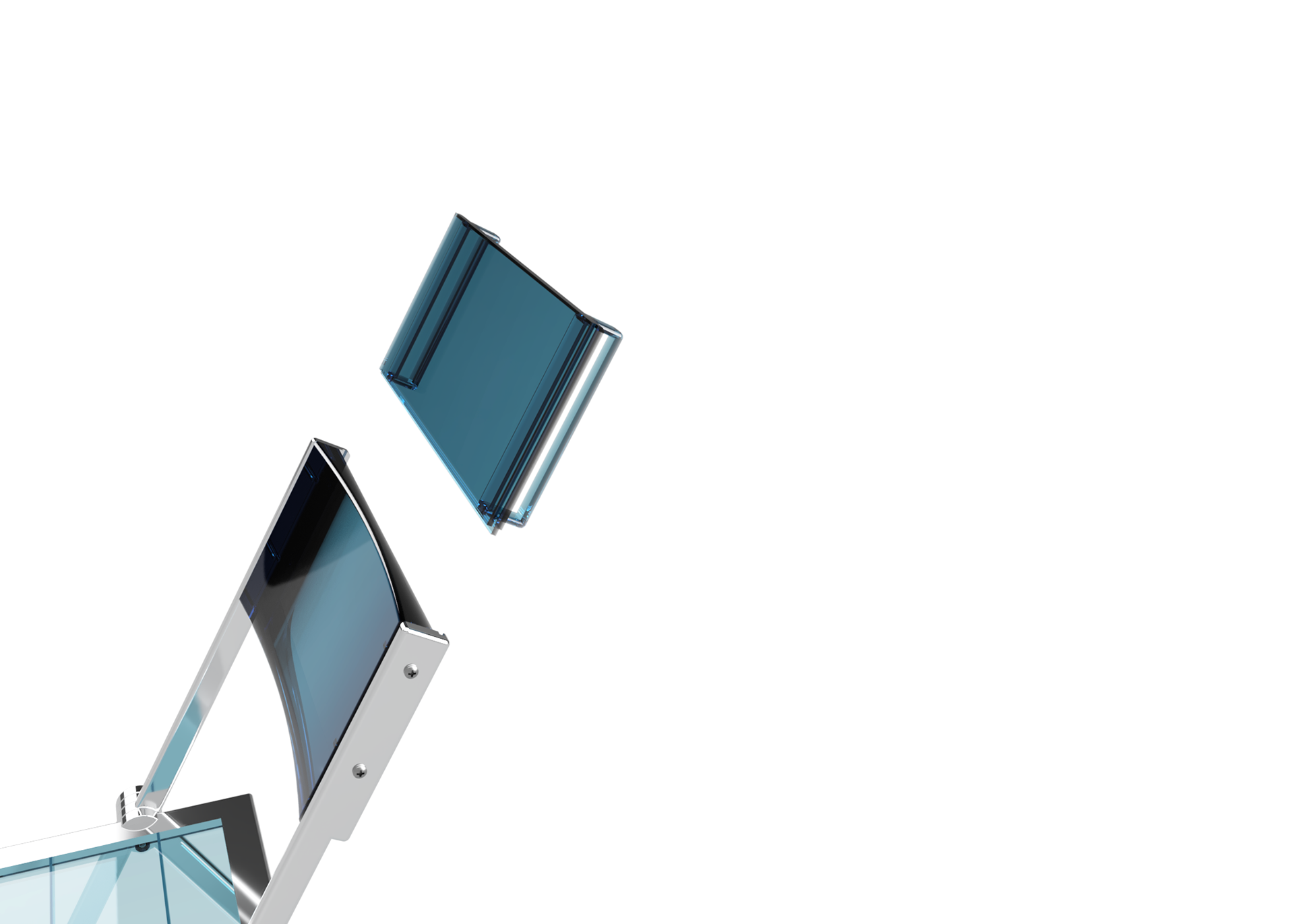
Another feature that we added to the back of the chair is a tray. Utilising the space of the backrest, we created a slot for where a tray could be placed. This is an extra feature that we thought may be helpful for users when carrying their drinks from the kitchen to the living room.
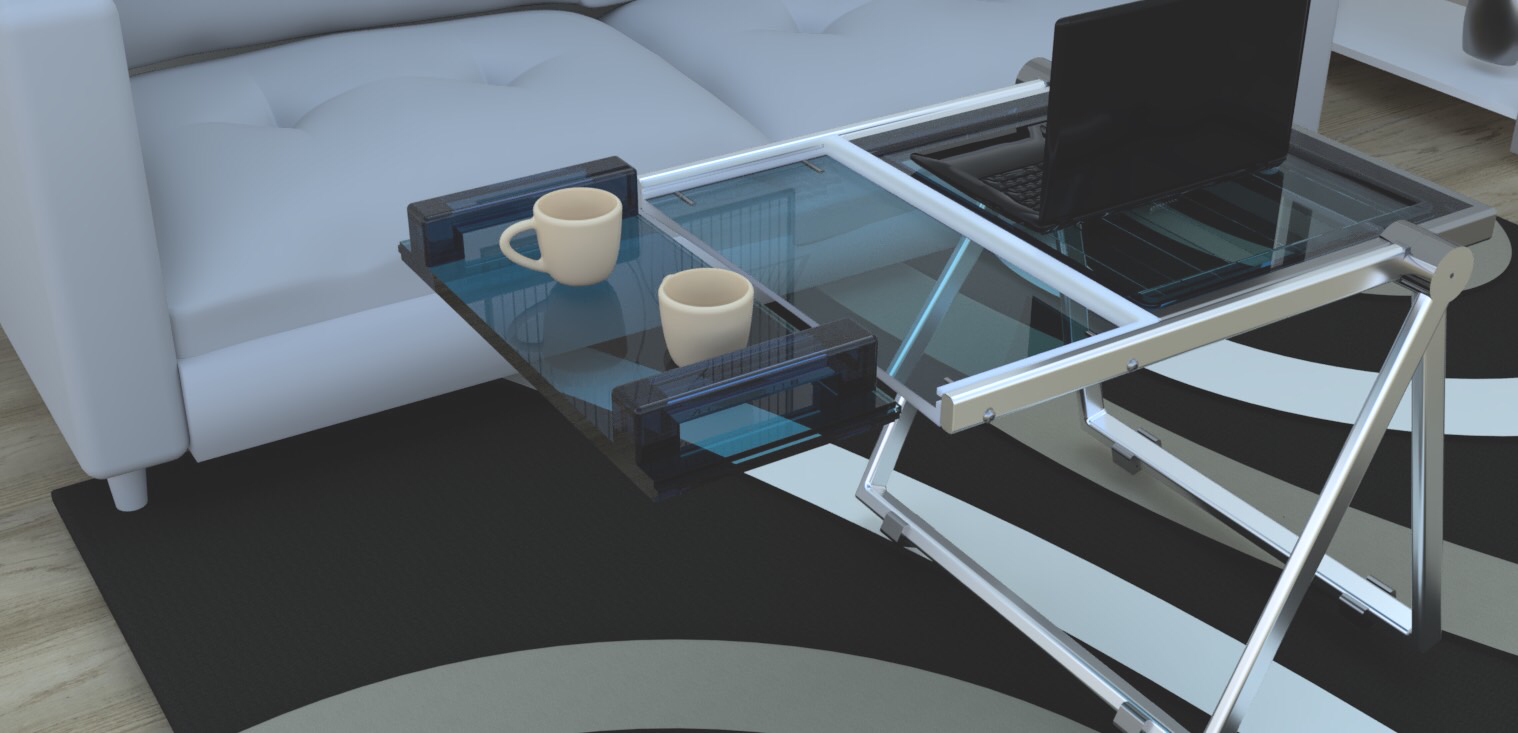
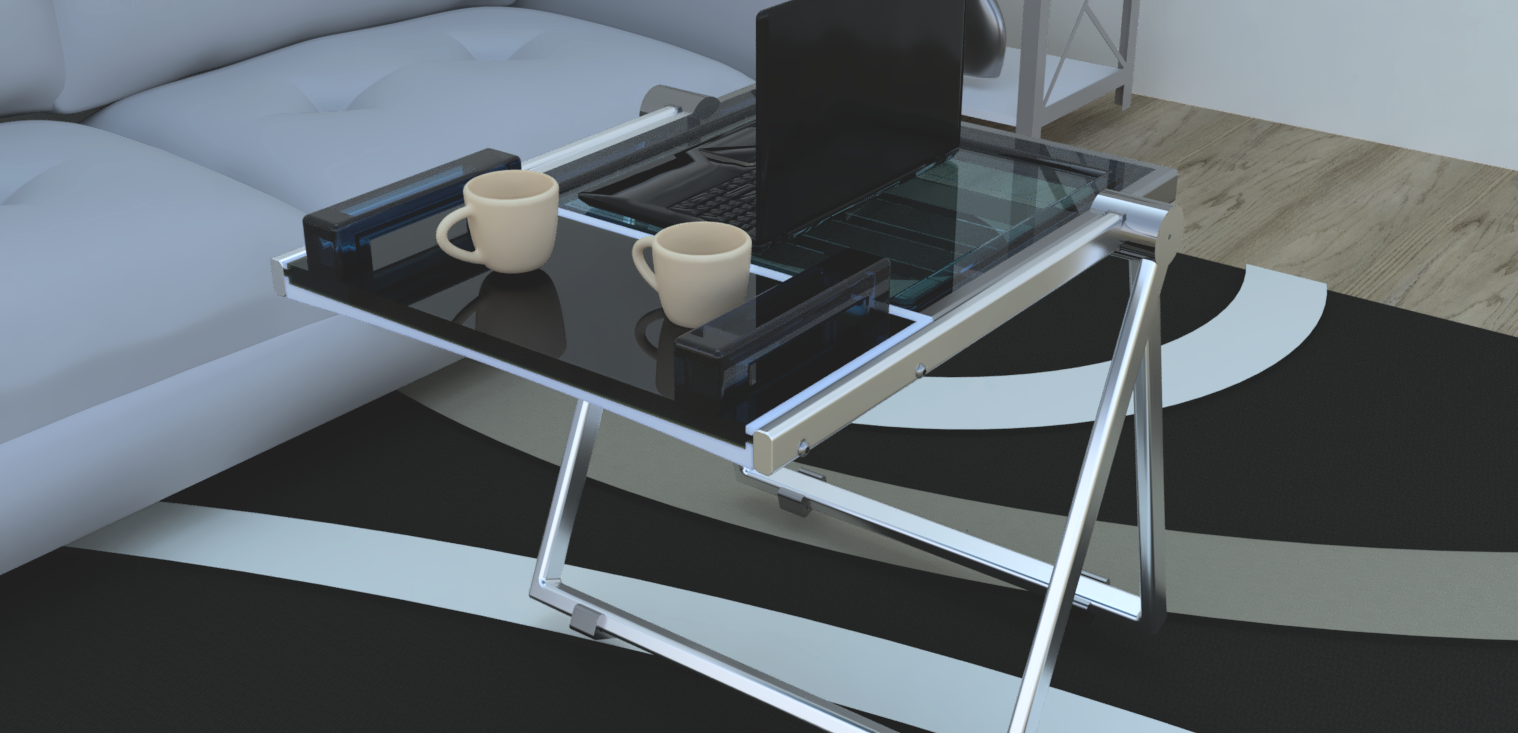
As the hinge mechanism was complex, the team decided to keep the design of the chair as simple as possible. With the current aesthetic trend of having a modern interior, we utilised aluminium and acrylic for the primary materials of the chair. Although we initially designed the chair to be created by acrylic for the seat and backrest, we decided to create the chair with different materials, so that users can choose to their preference.
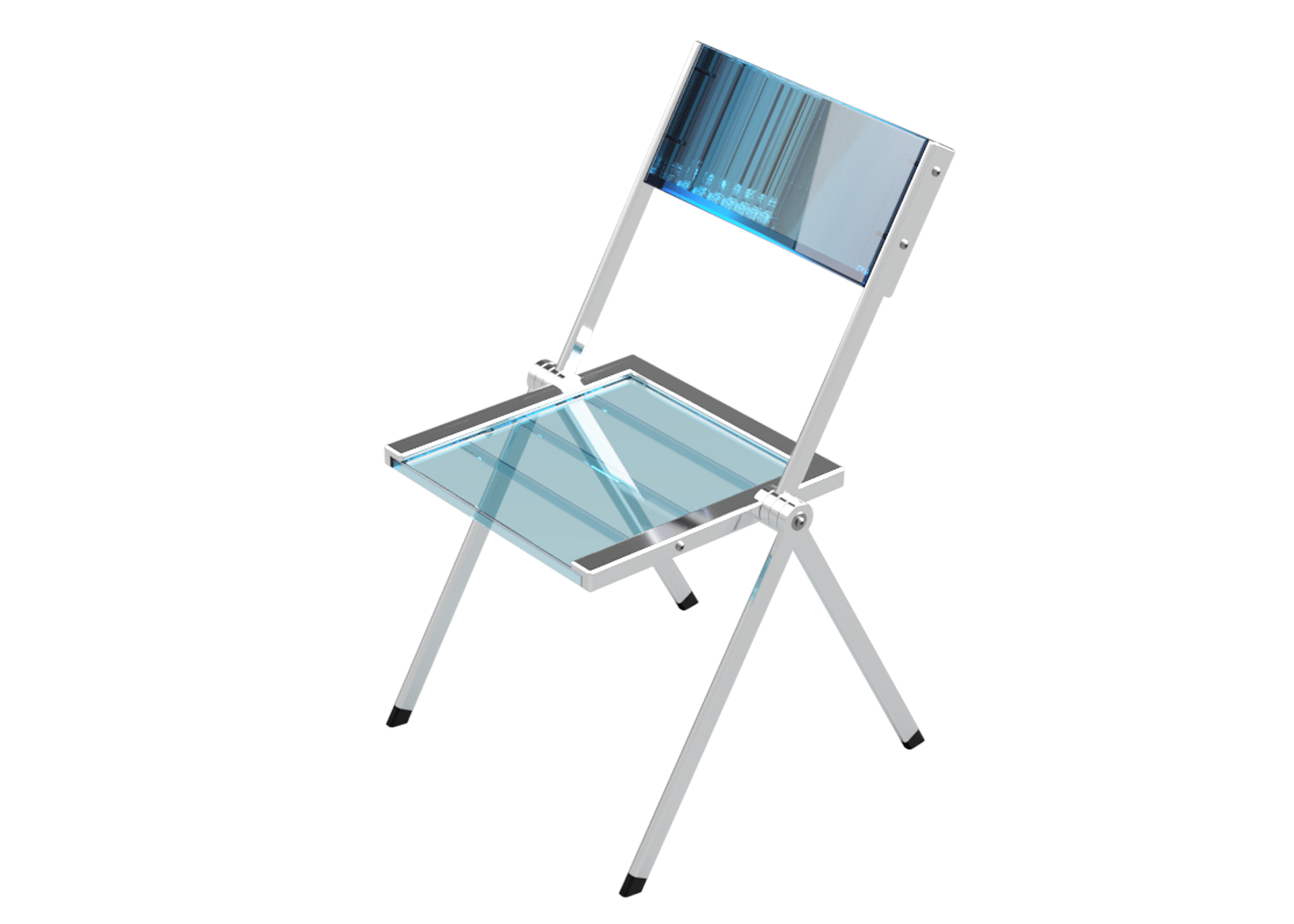
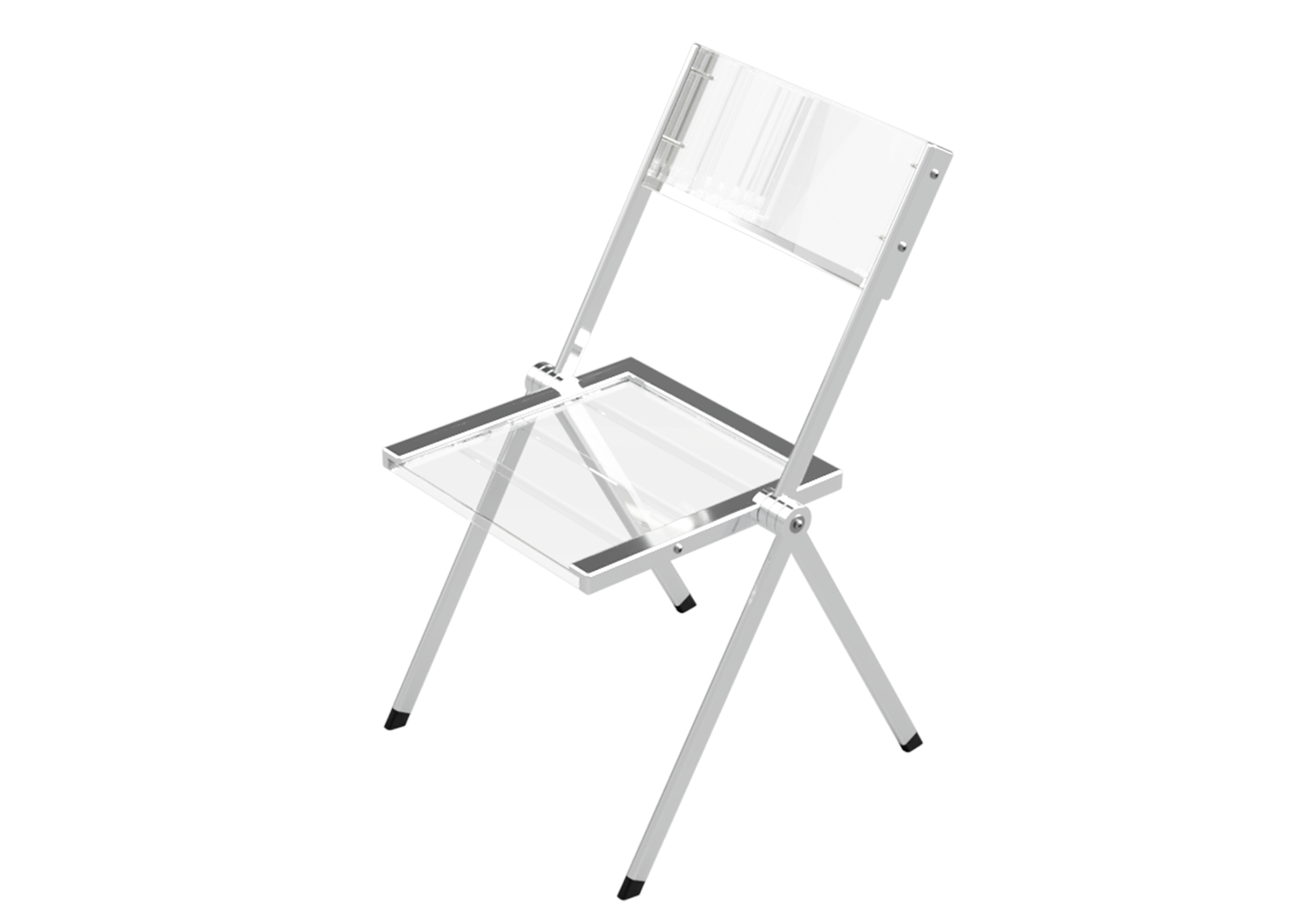
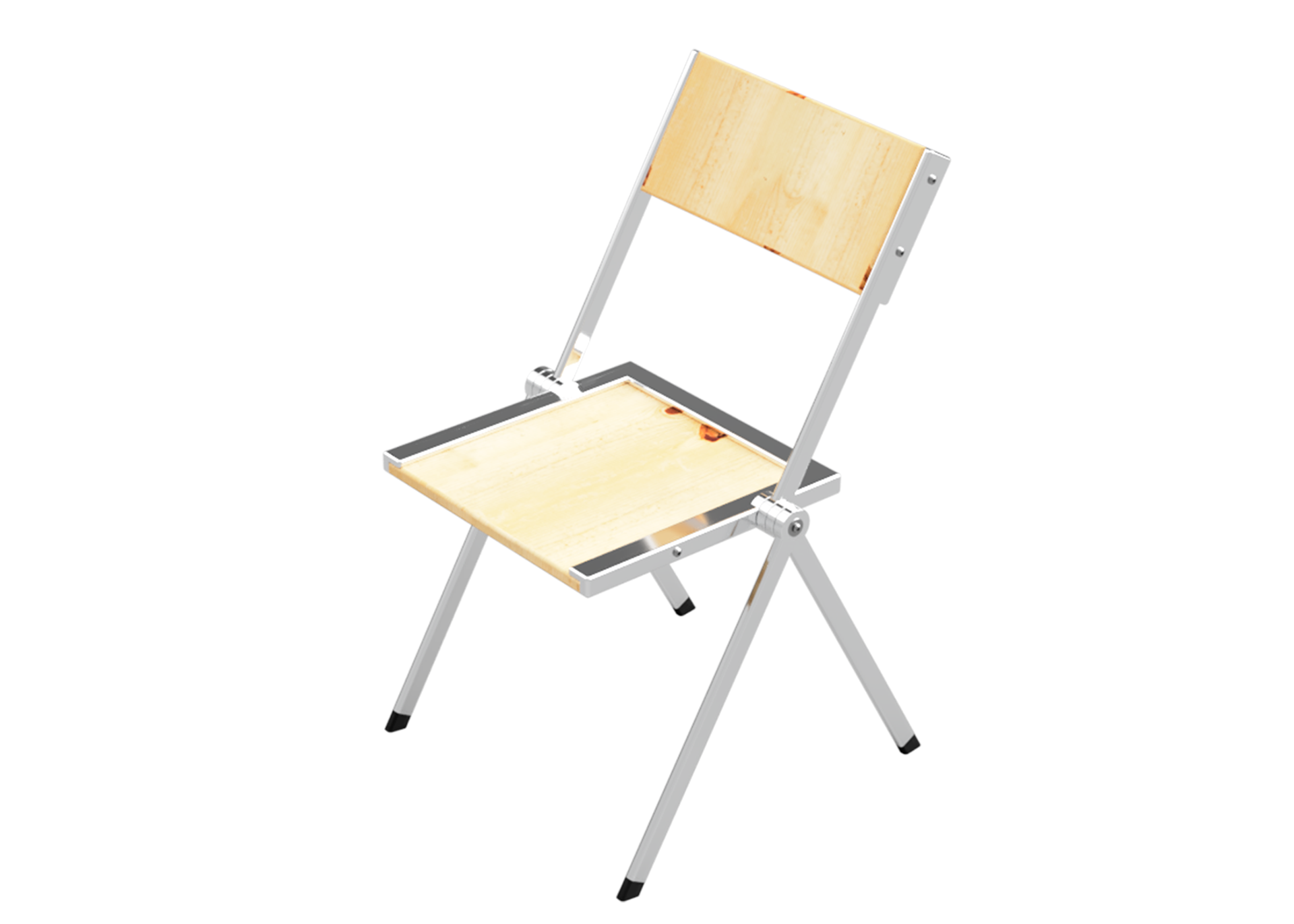
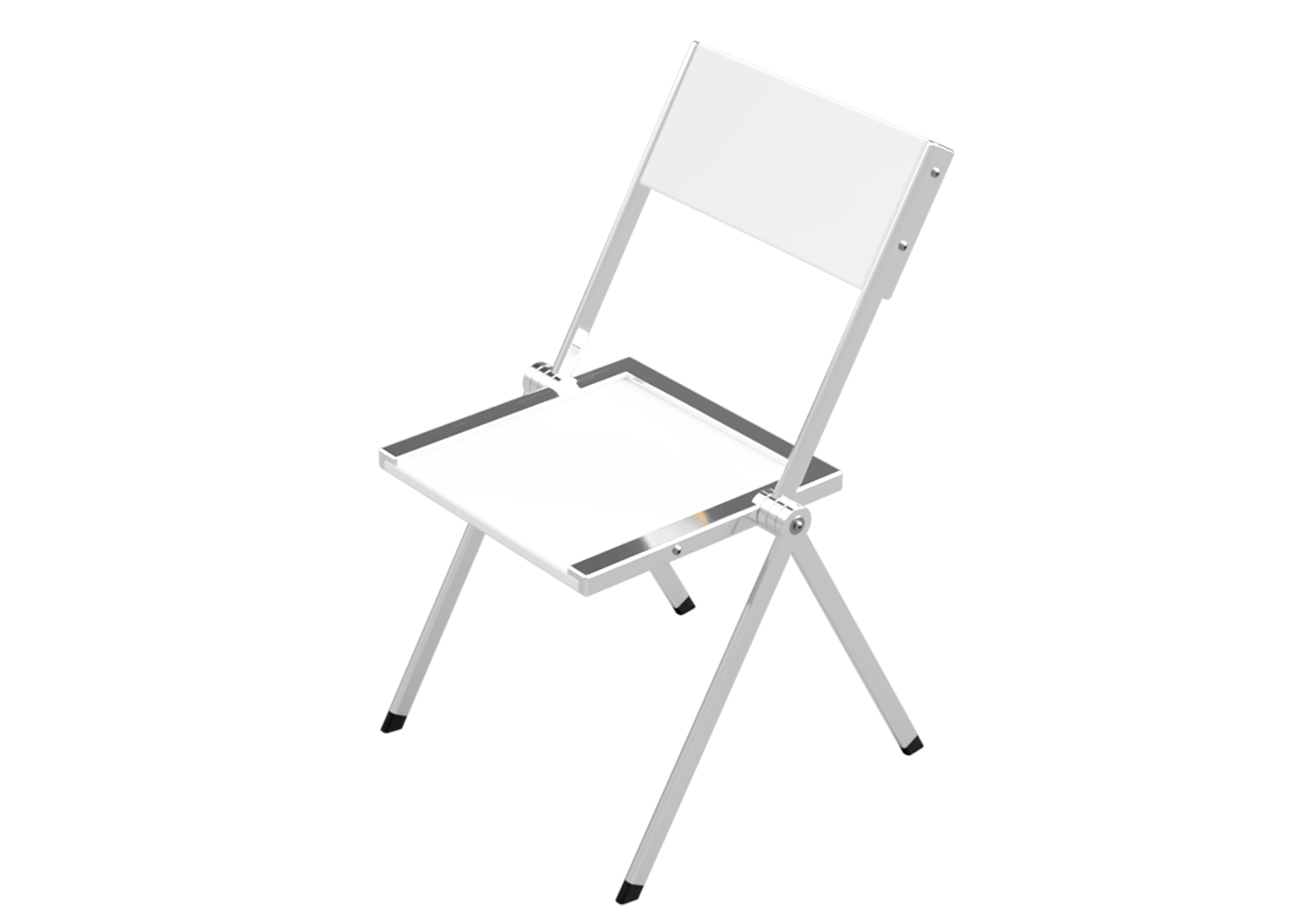
There were a few technical aspects to consider for, such as applying rubber feet to the bottom to avoid the chair from slipping, and also solving the problem of creating a 4-point hinge. Although this step took a few weeks, after intense considerations, we were able to solve this.
Here we have a quick animation of our chair utilising its functions
Extra Rendered Images:
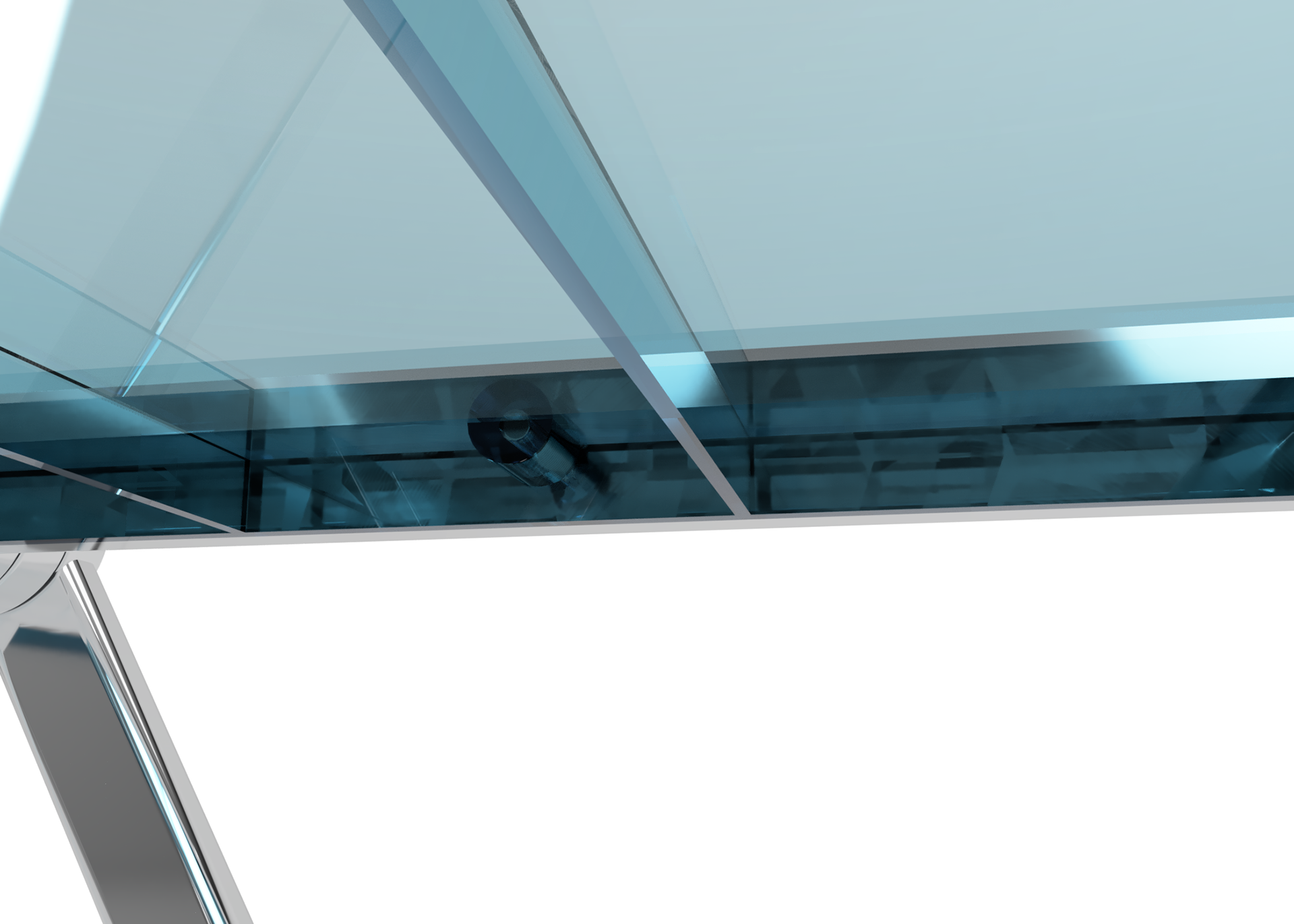
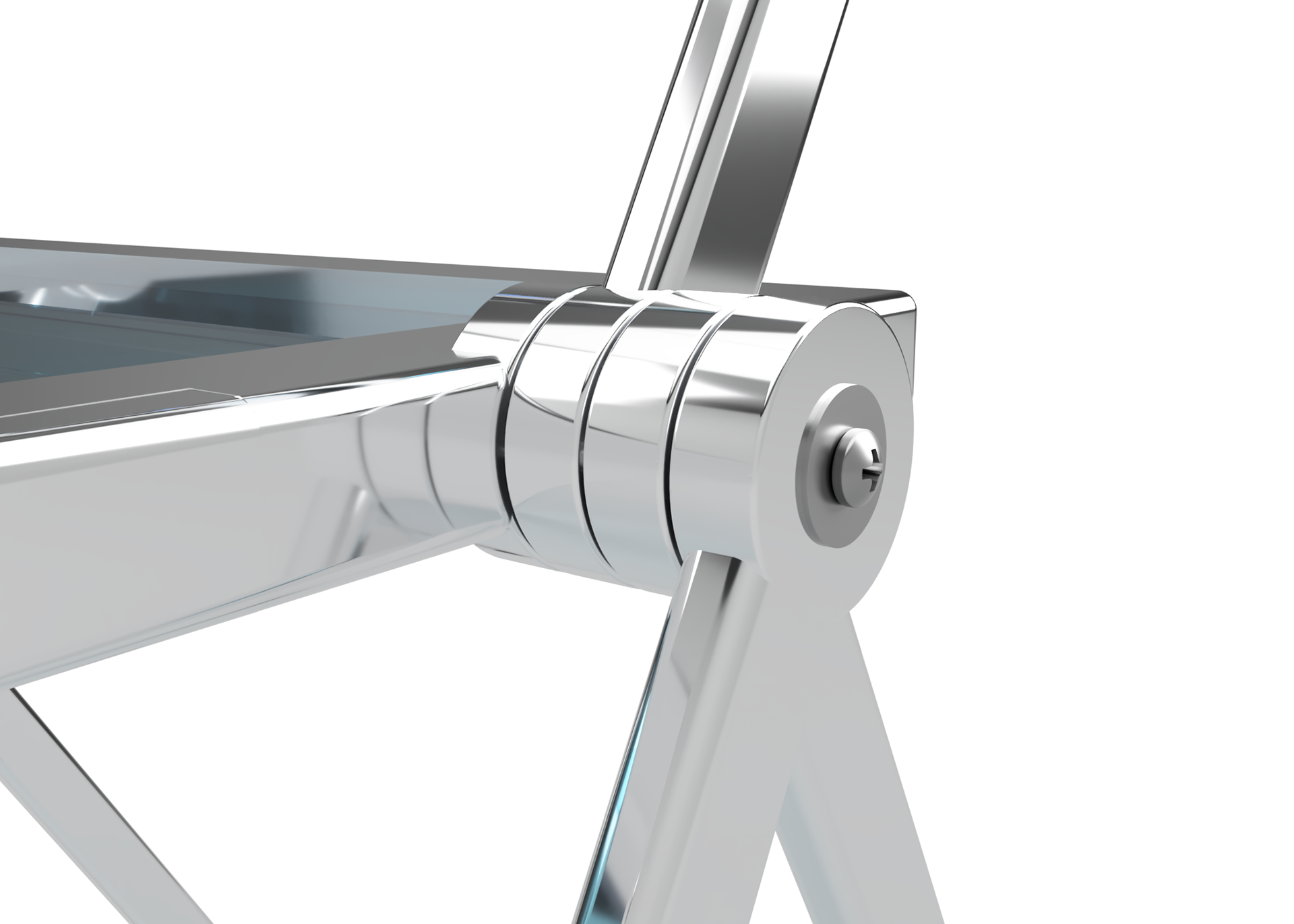
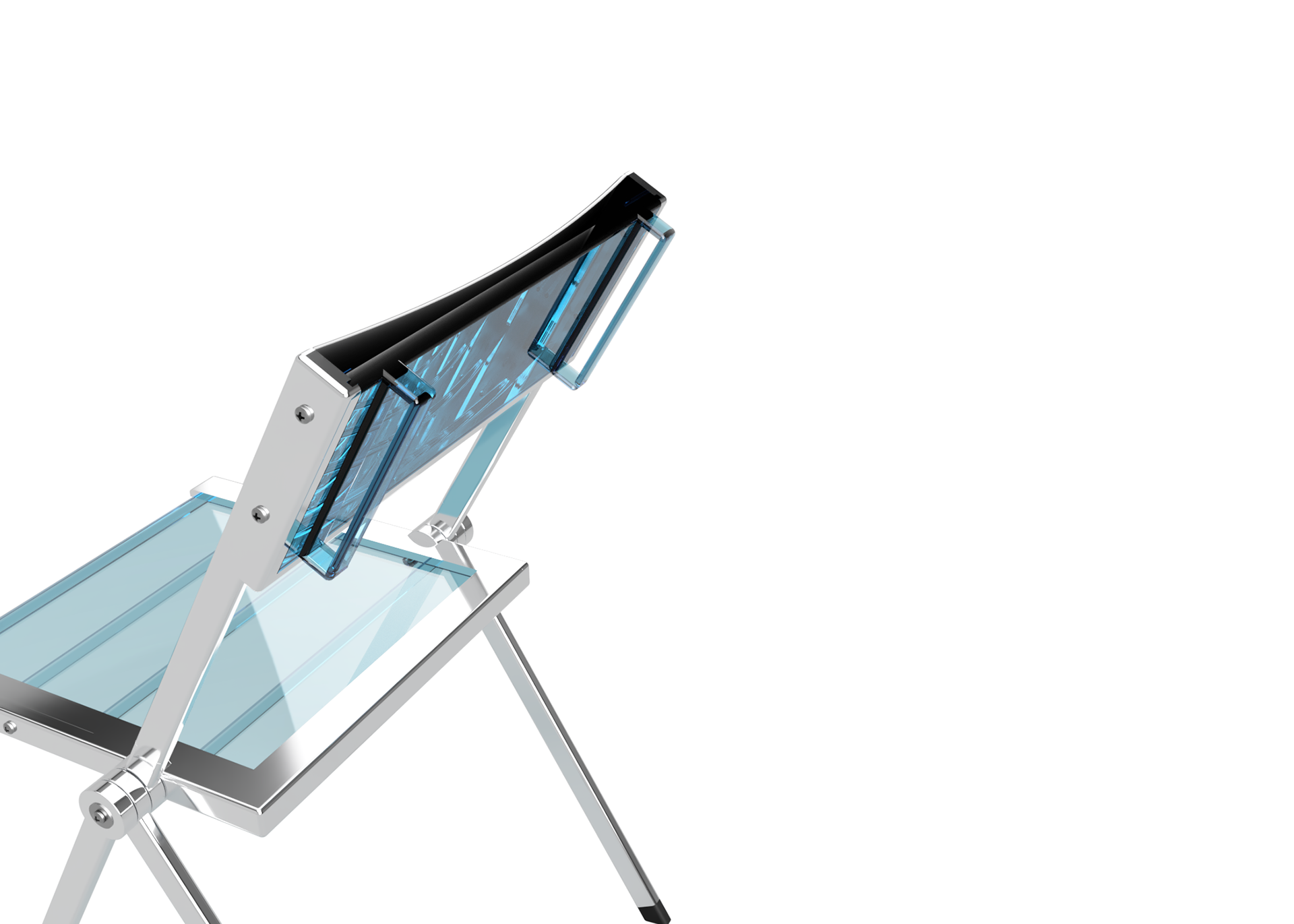
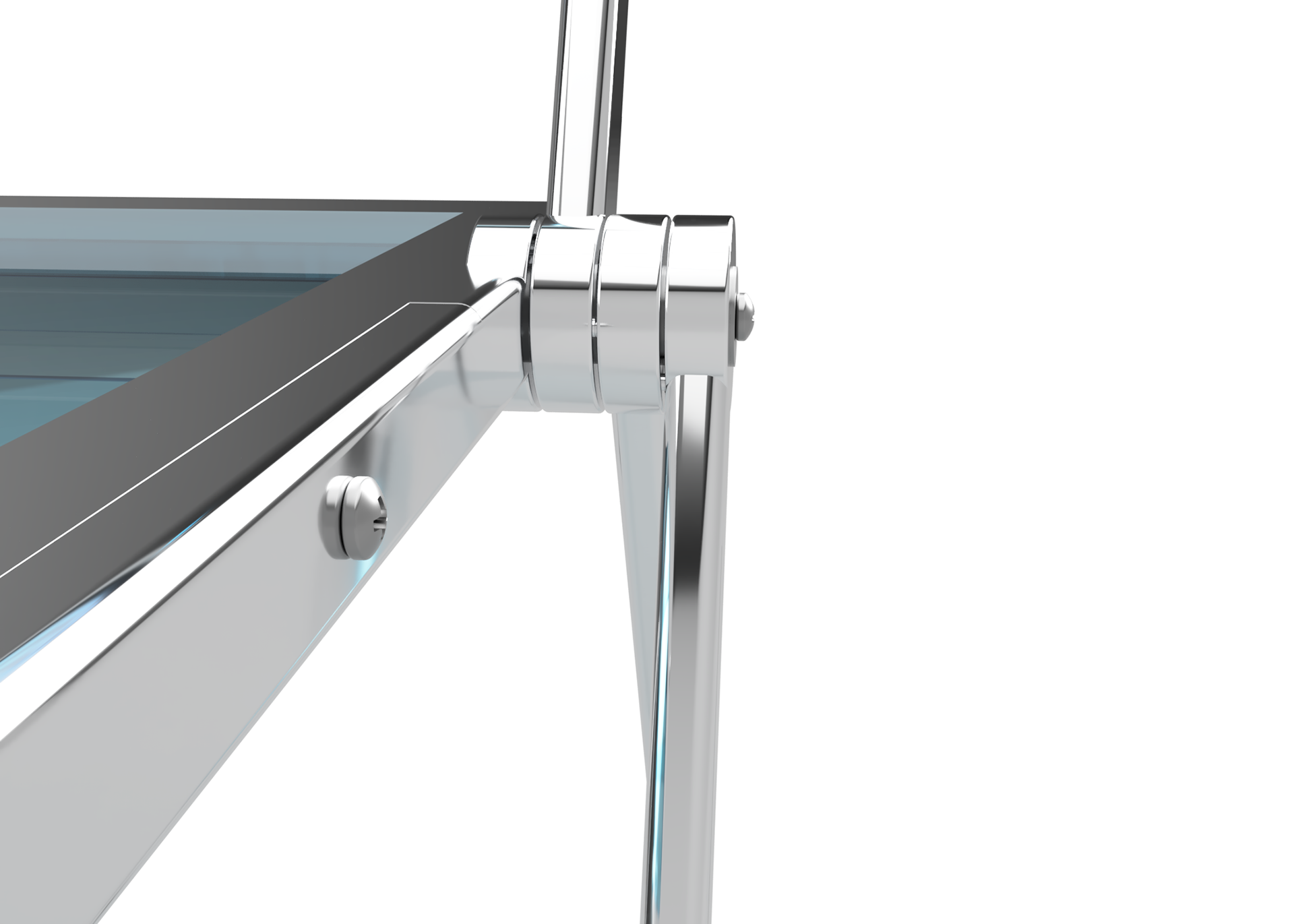
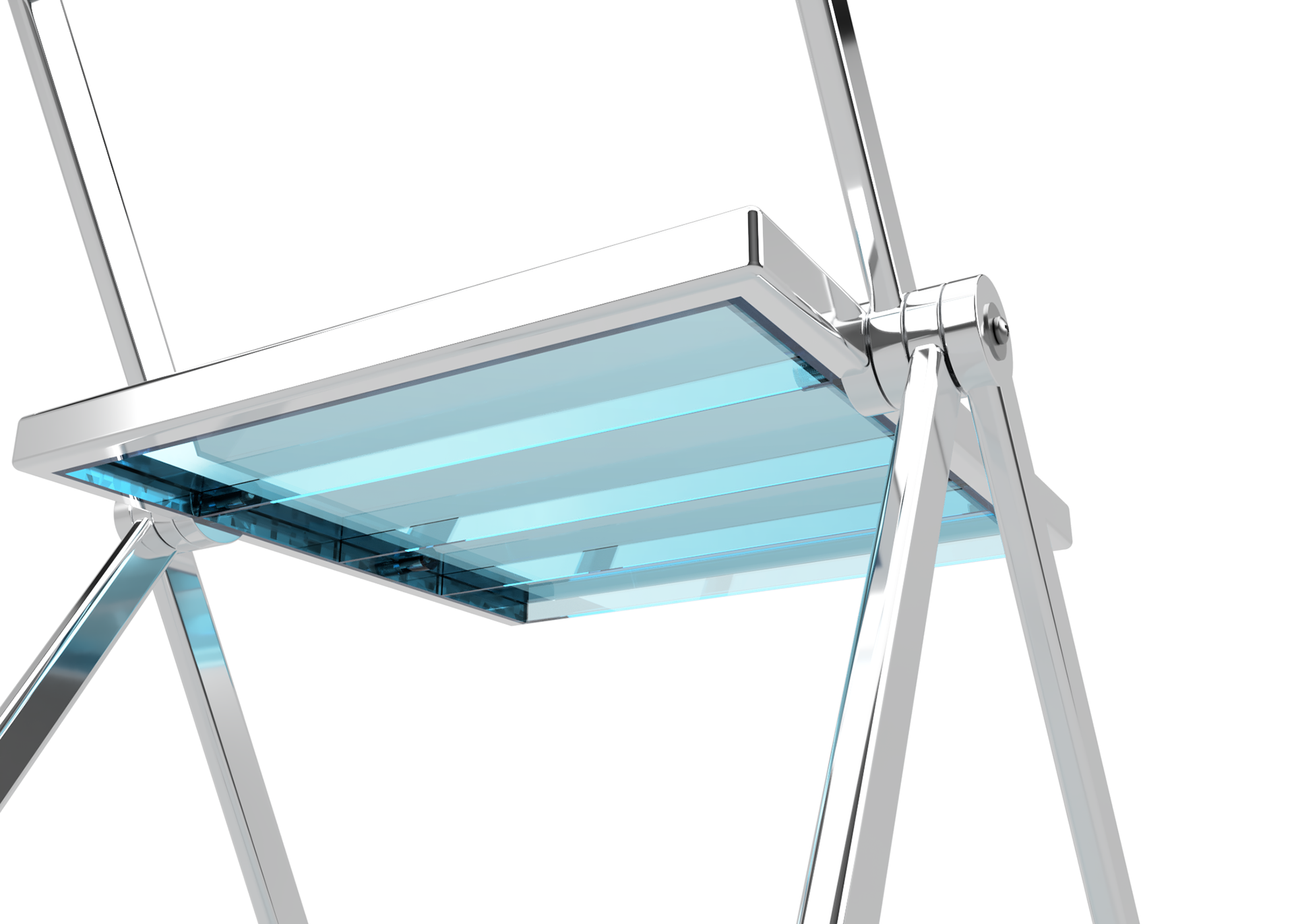
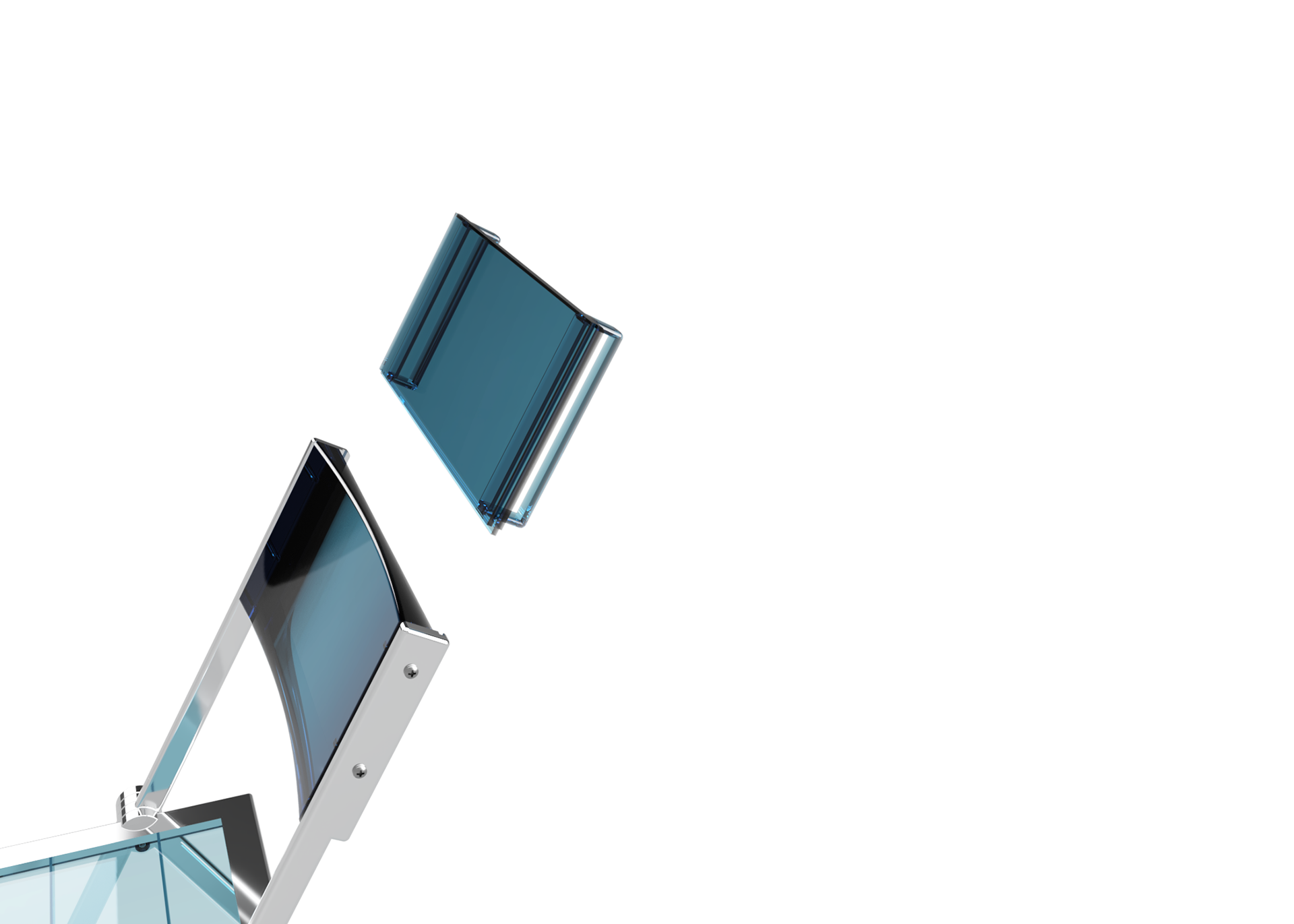
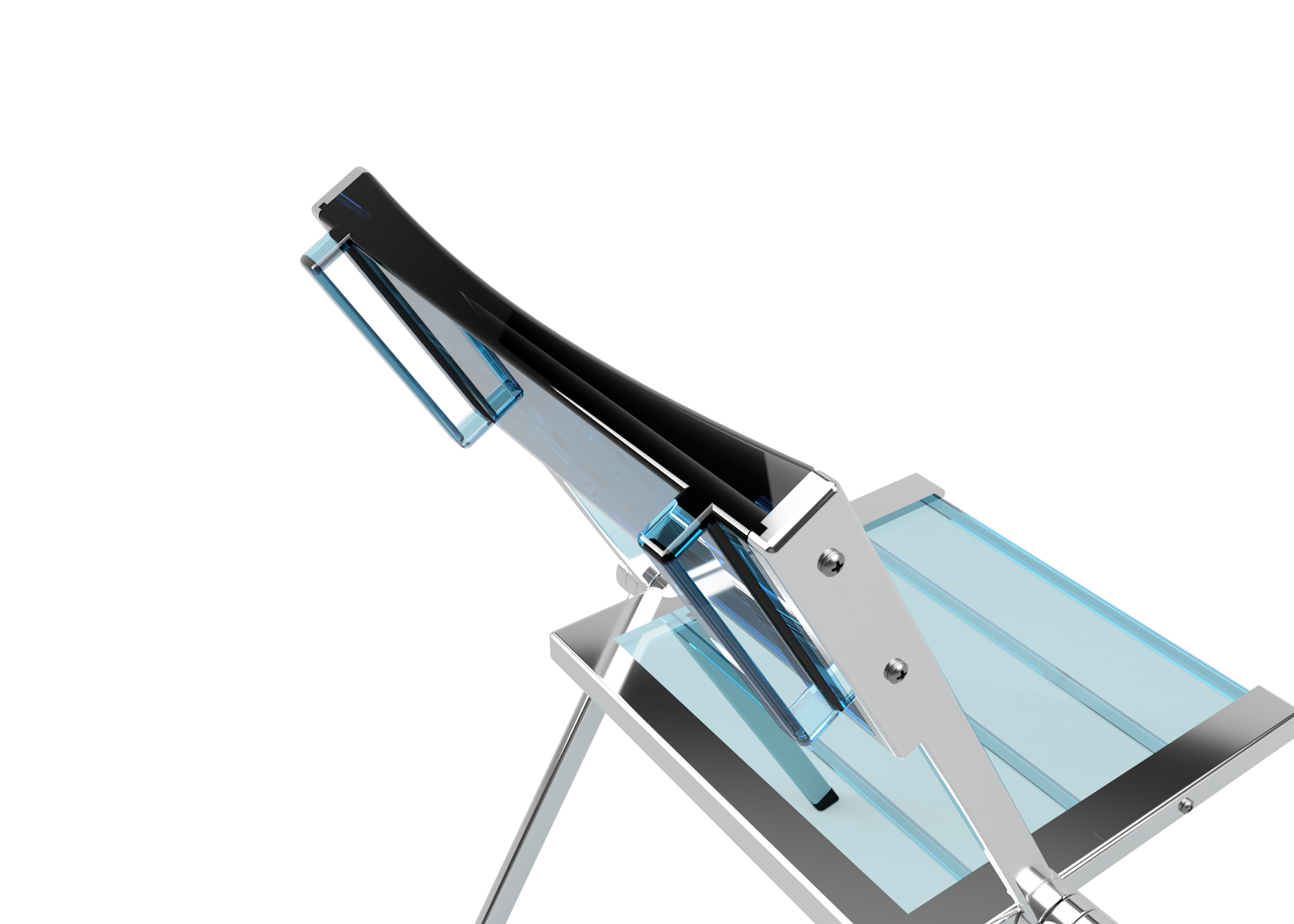
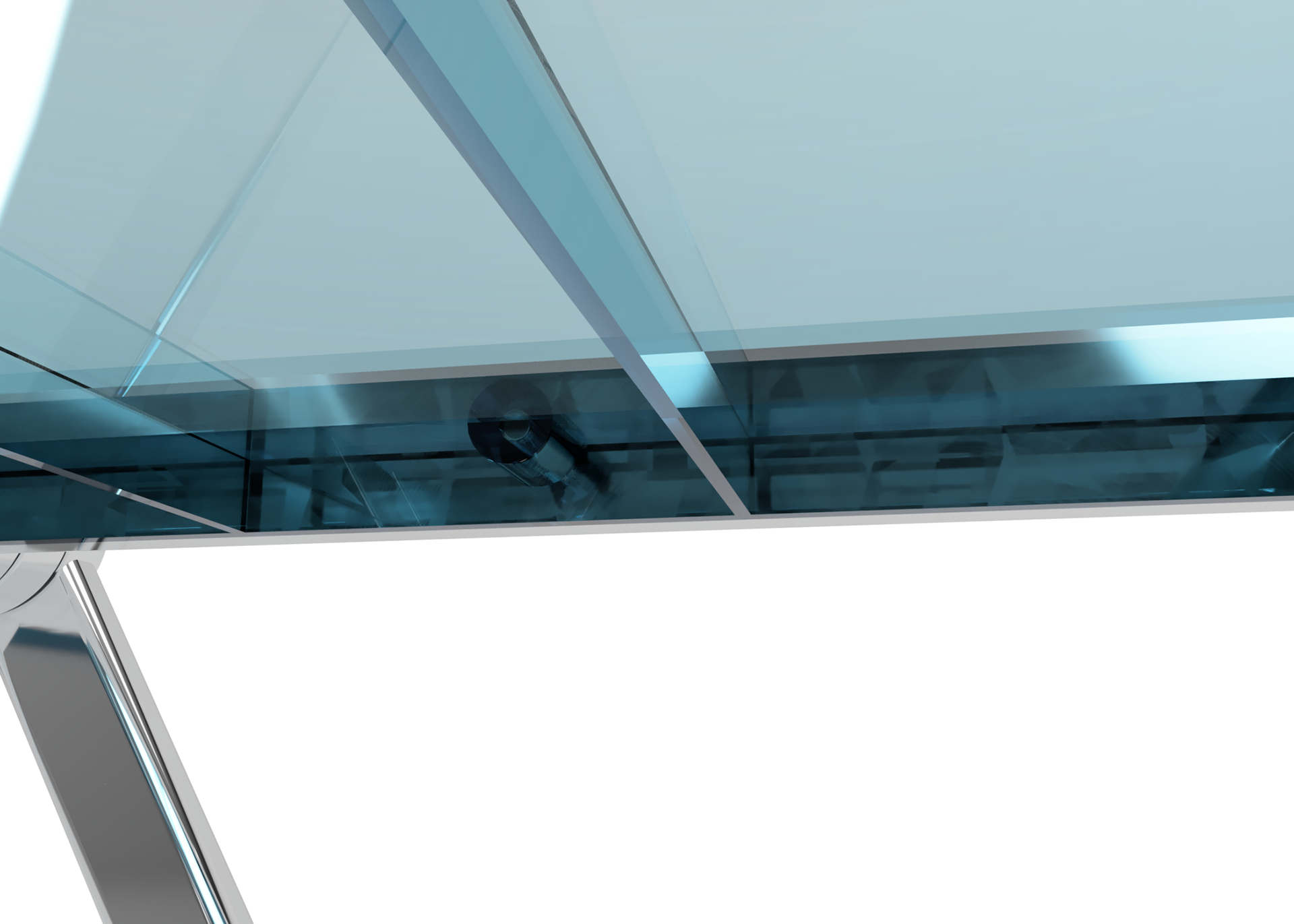
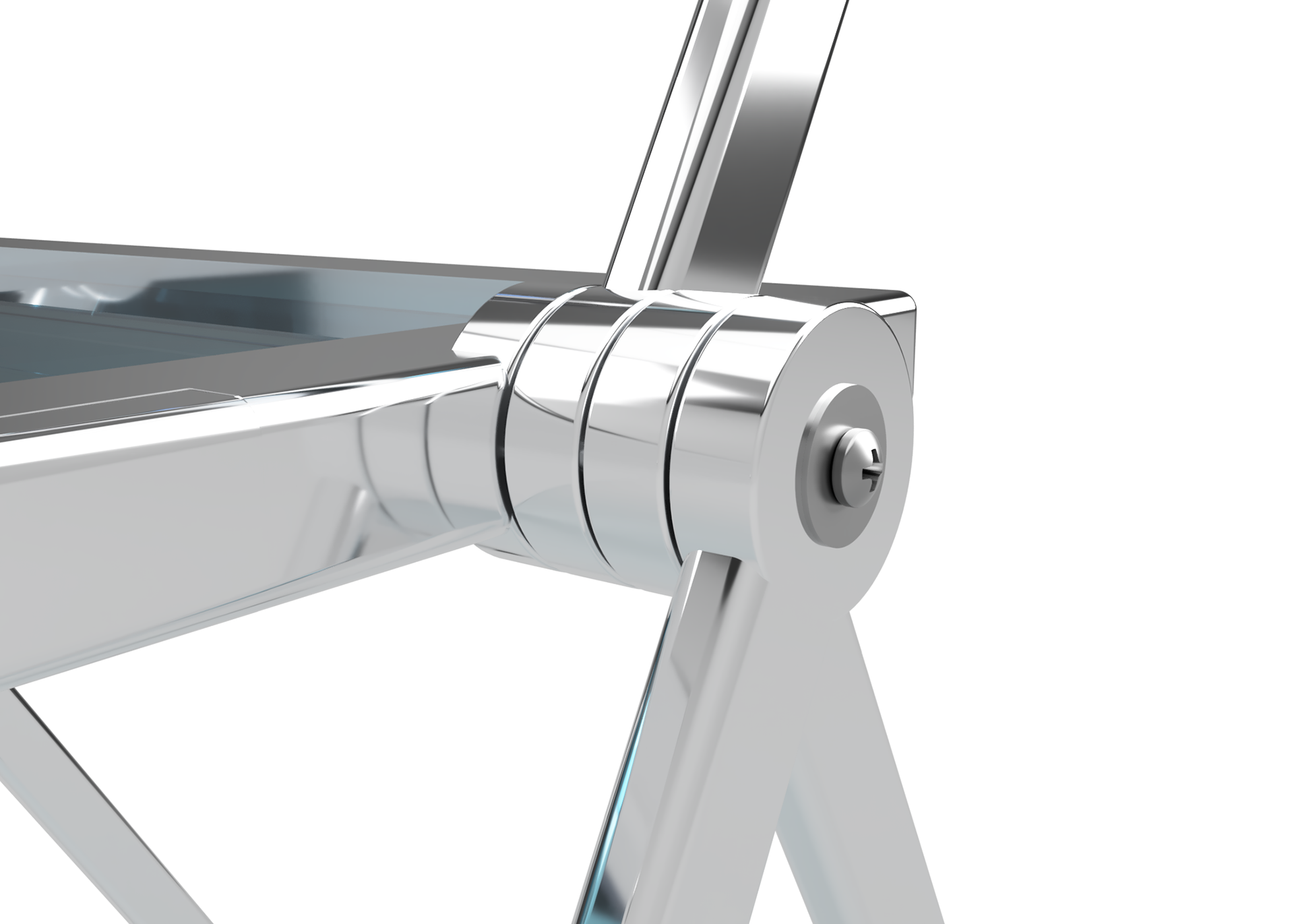
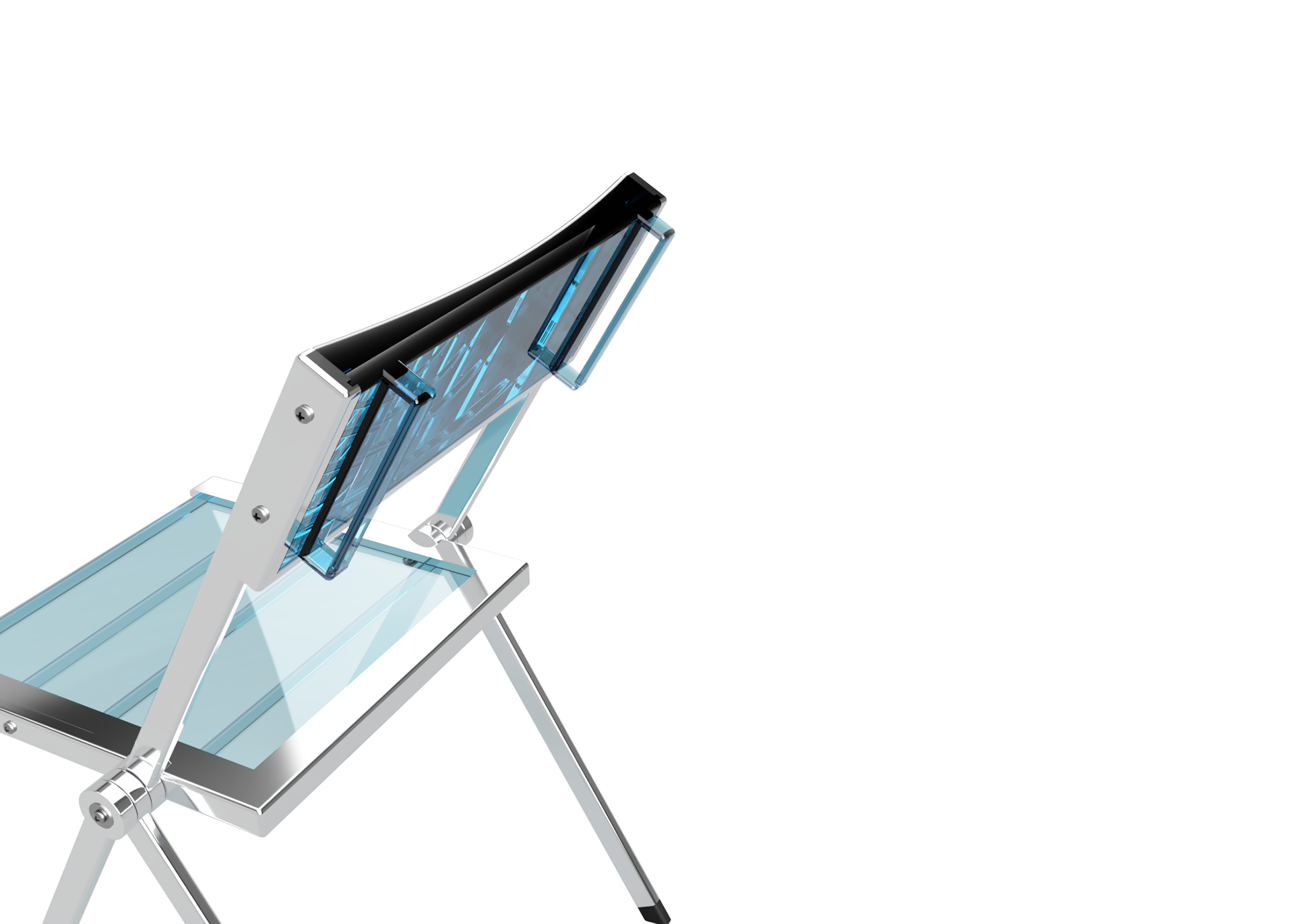
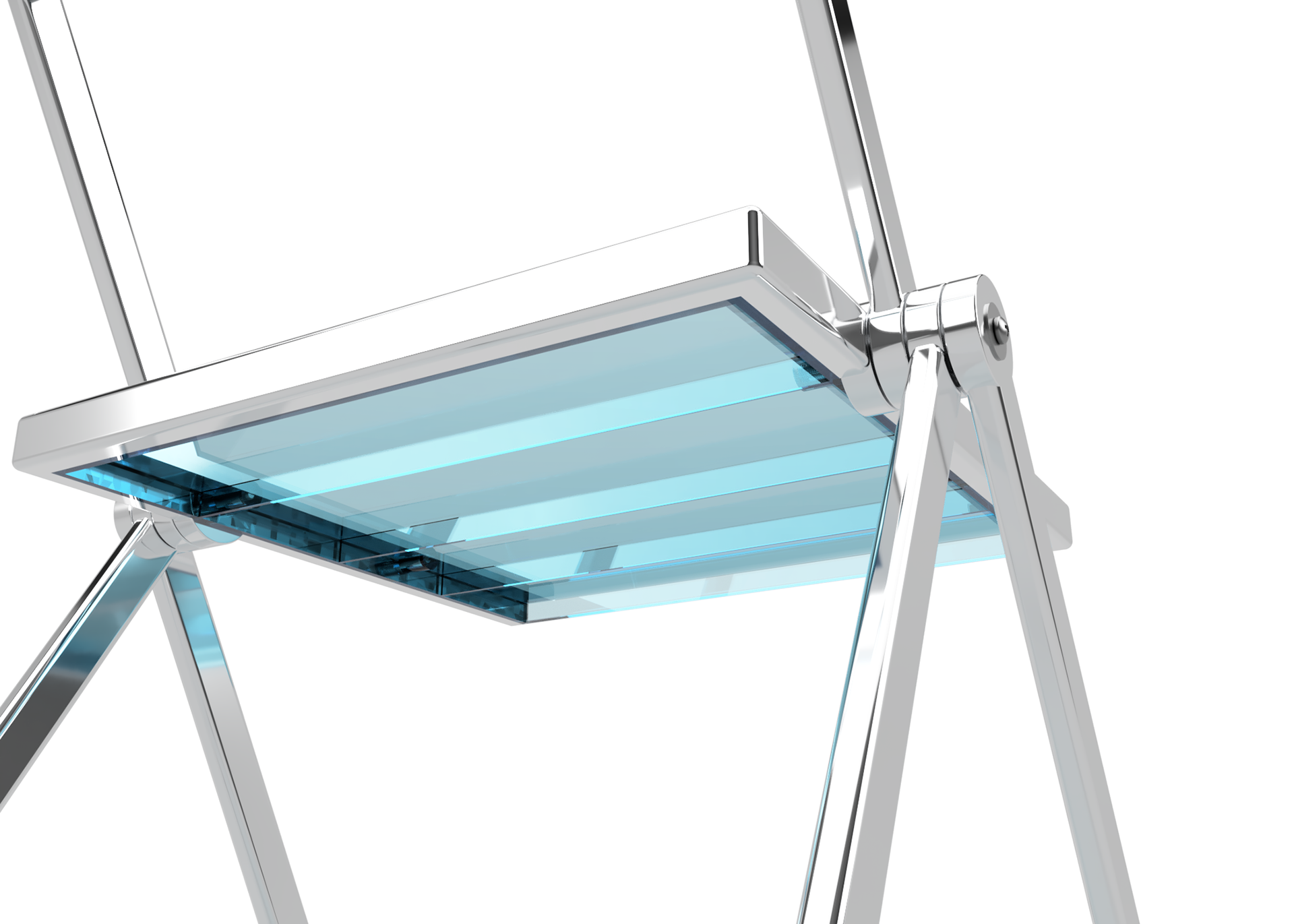
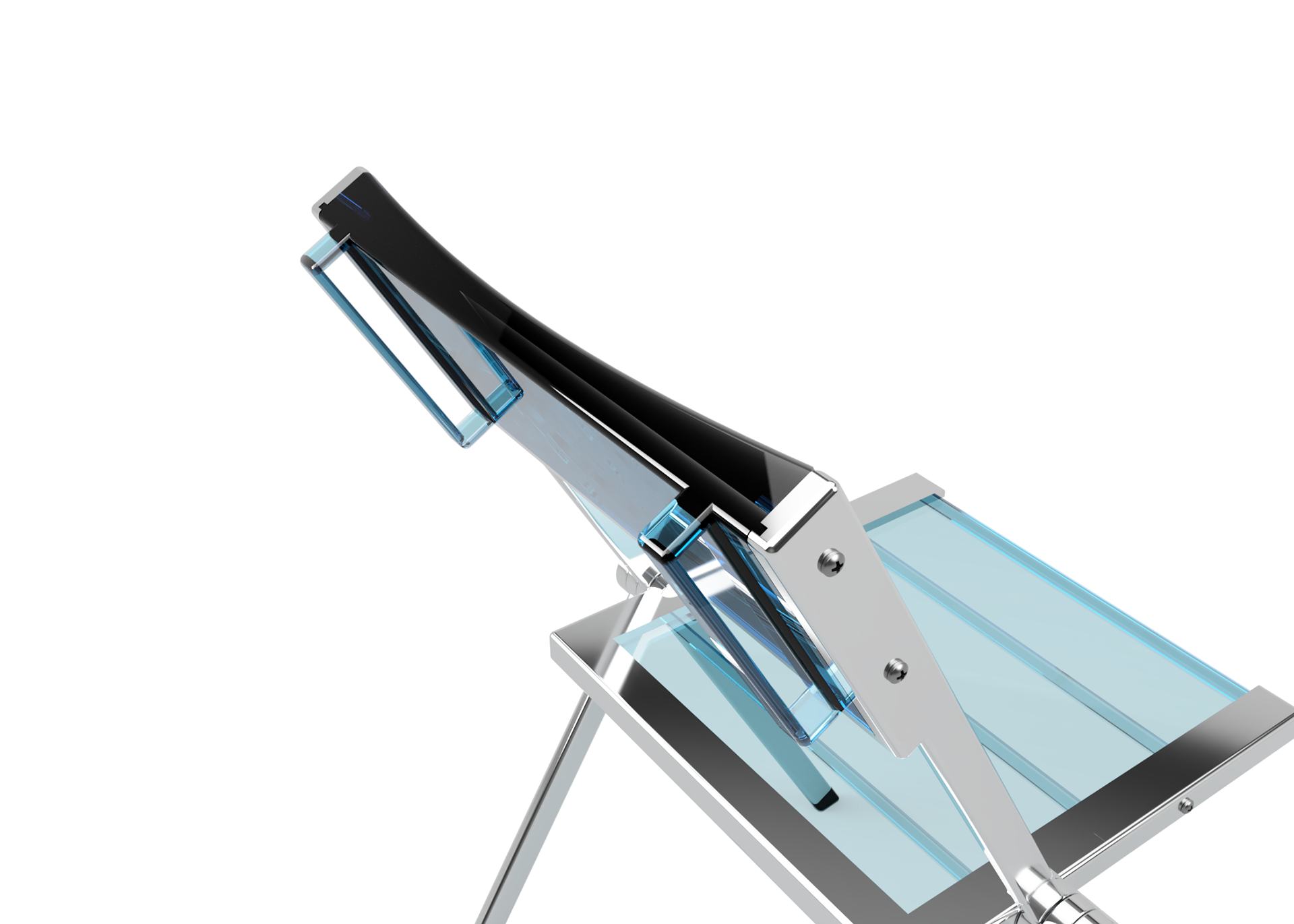
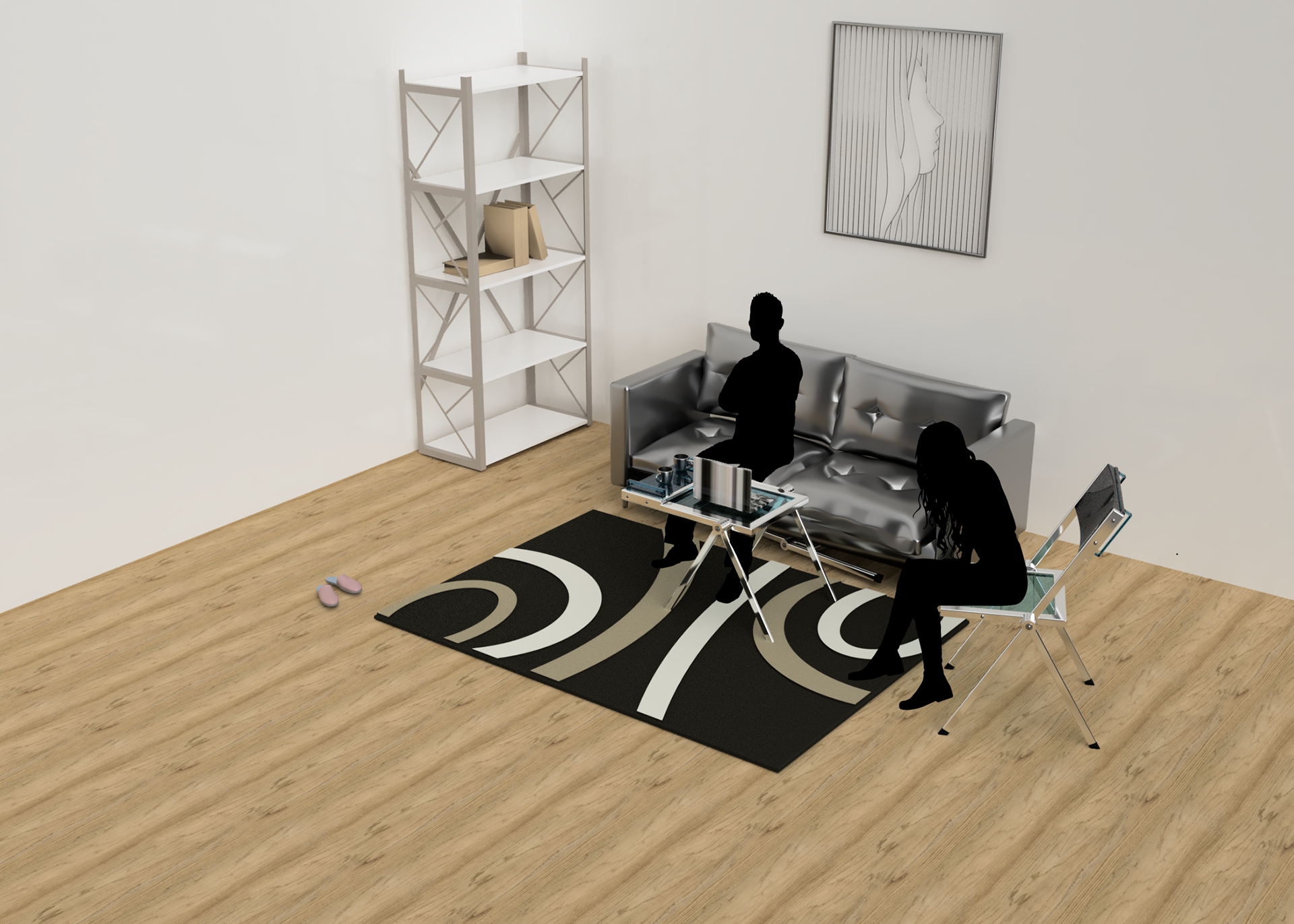
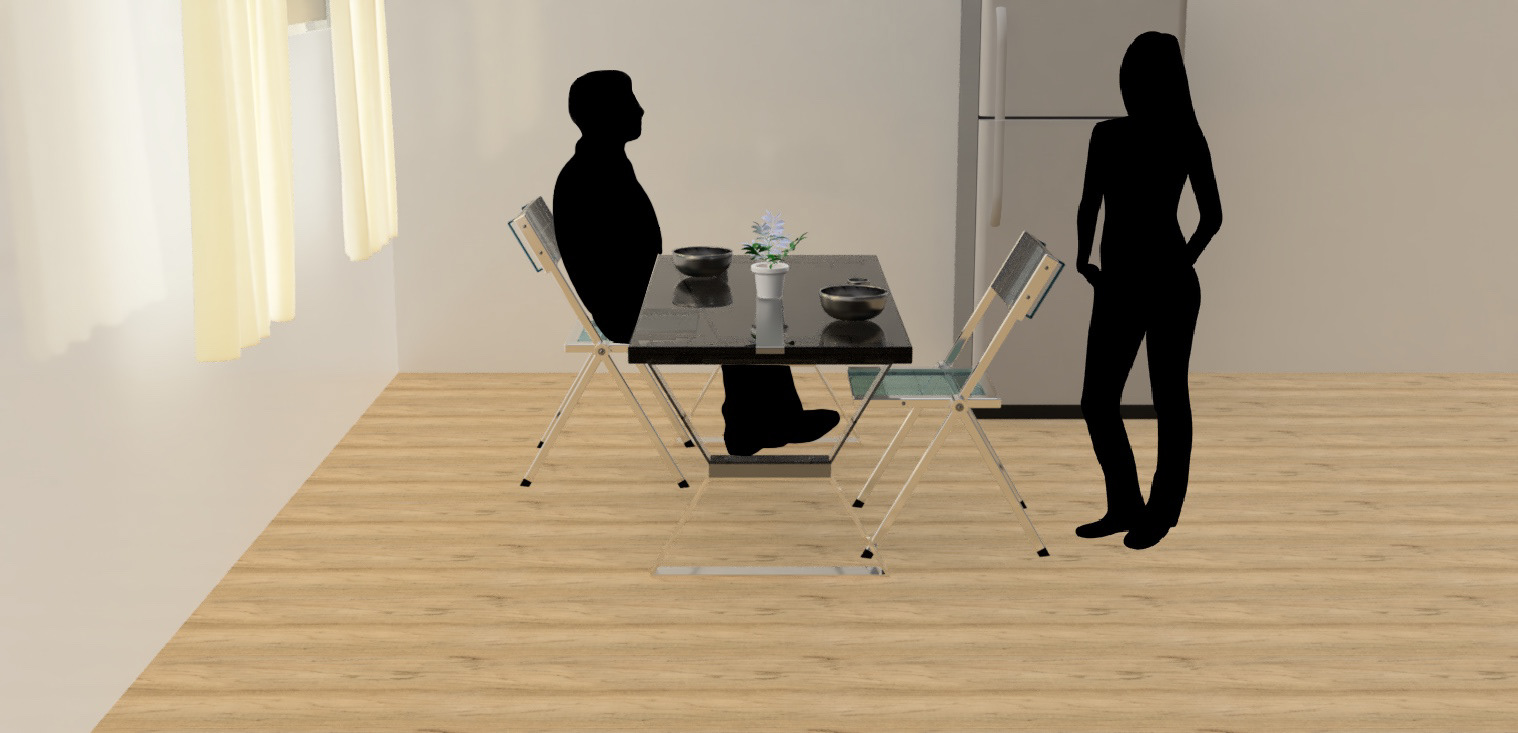
Reflection:
This project explored areas that I was completely new to, and therefore, I had quite a lot of difficulties trying to adjust to it. The major issue that I believe I found was that I was only able to communicate well with a few members. Because of this, I found that a large majority of the work needing to be done was completed by myself and one other member. I feel that throughout this project, I should have spoken out and asked for help, but because I was not able to do so, I found that I was struggling quite a bit with the workload. Nonetheless, because of this, I believe that I was able to improve my skills majorly. I was able to understand and use Fusion360 to an extent that I did not know I was capable of. I was able to improve in the areas of sketching and conceptualising, while also being able to problem solve, CAD, present and render. Therefore, although I was having a very difficult time throughout the semester, I believe that, that in itself was a major beneficial learning point for me.
Skills Obtained:
- Research
- Ideating
- Conceptualising
- Problem Solving
- CAD (Fusion360)
- Graphic Design
- Presenting
- PowerPoint


